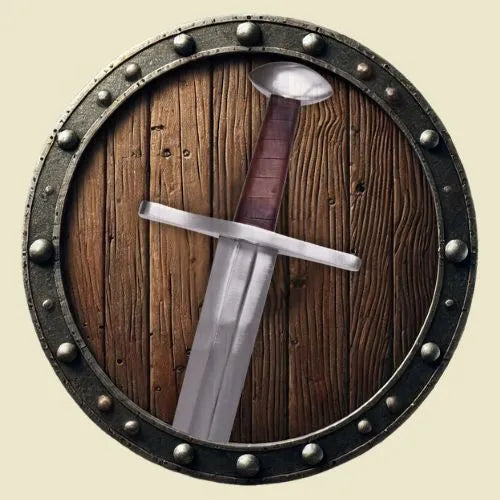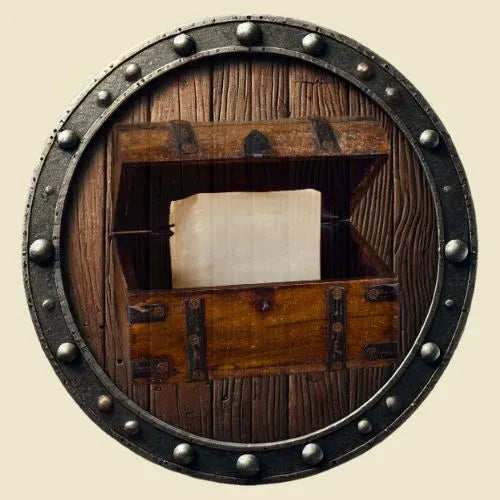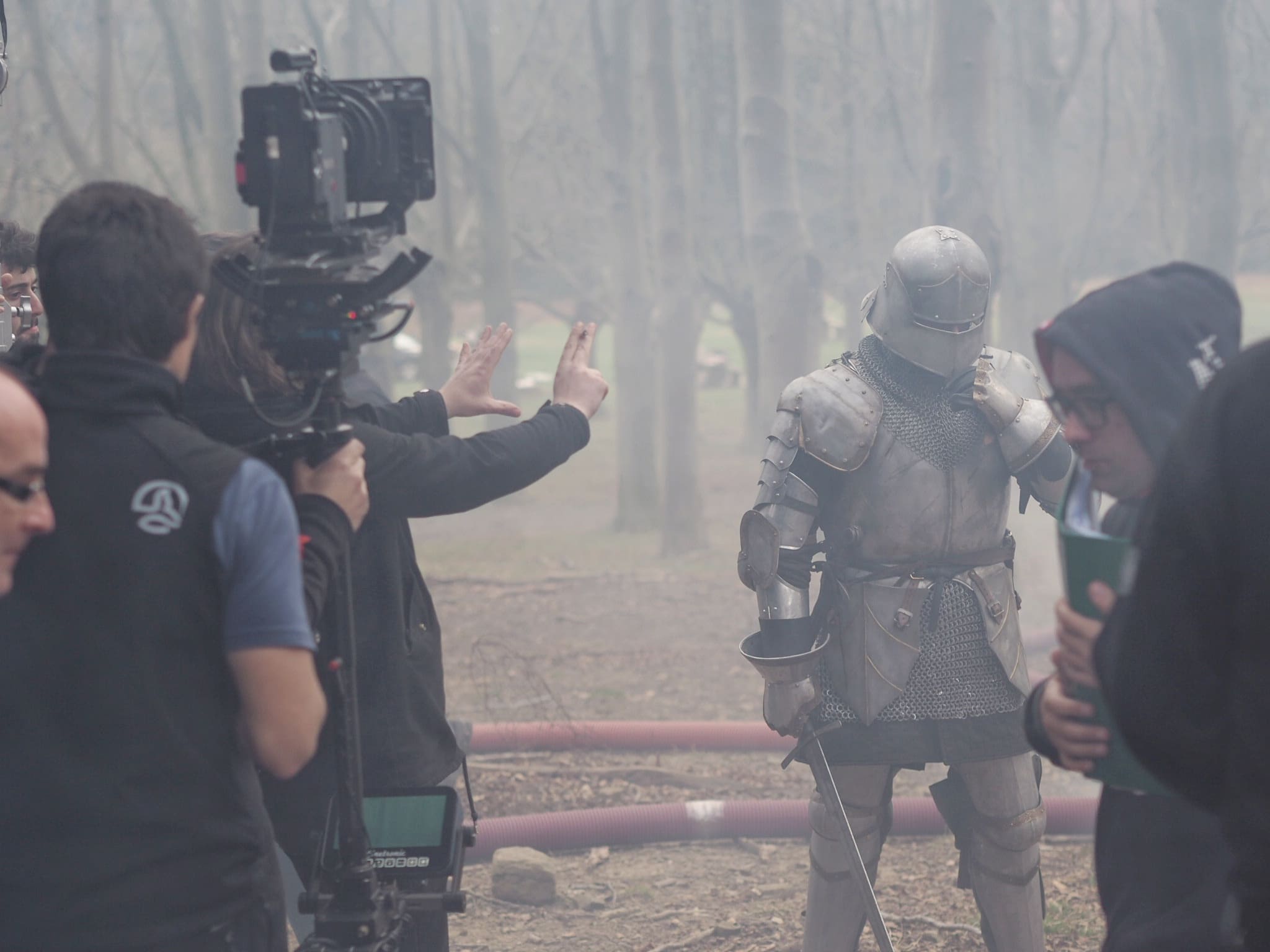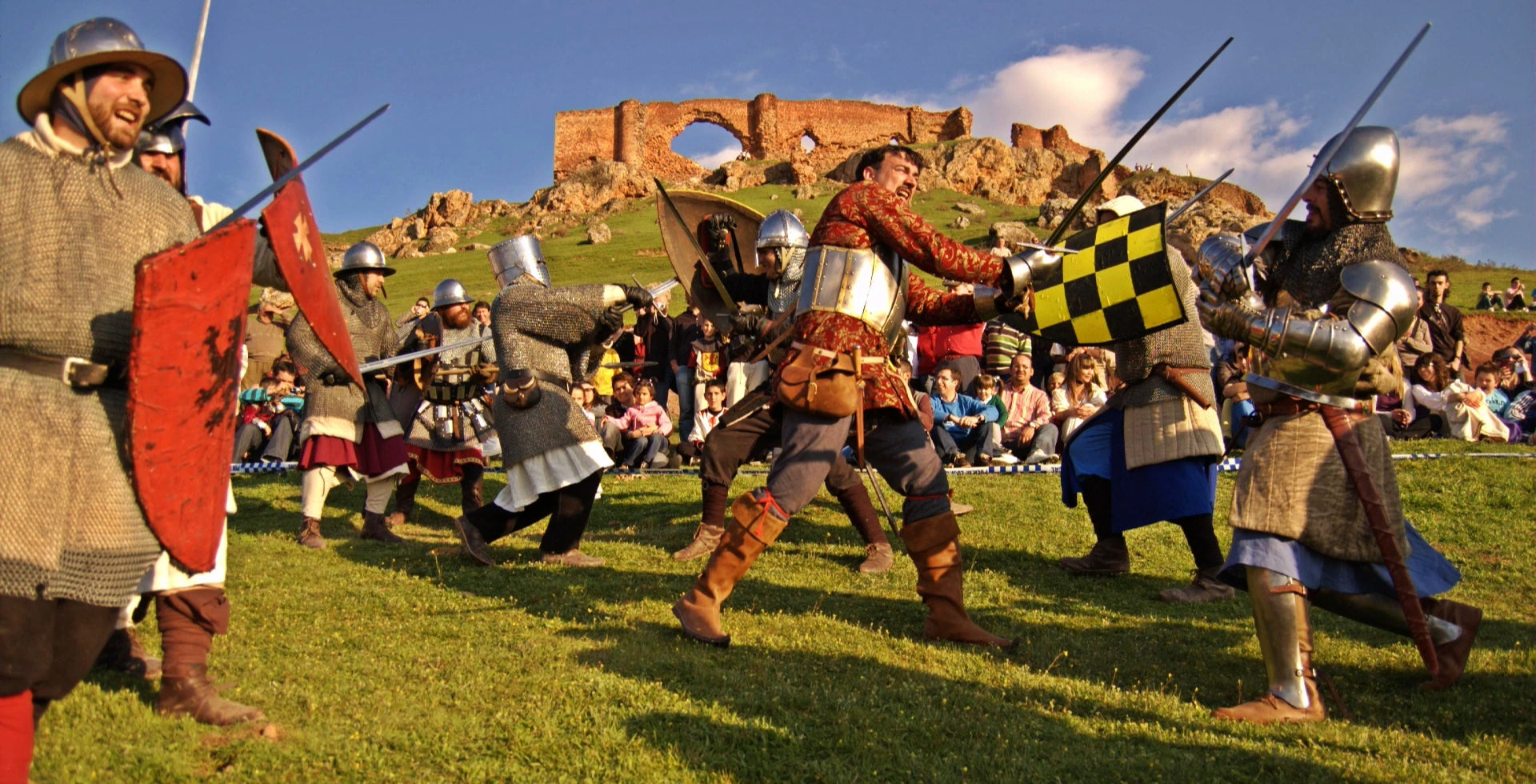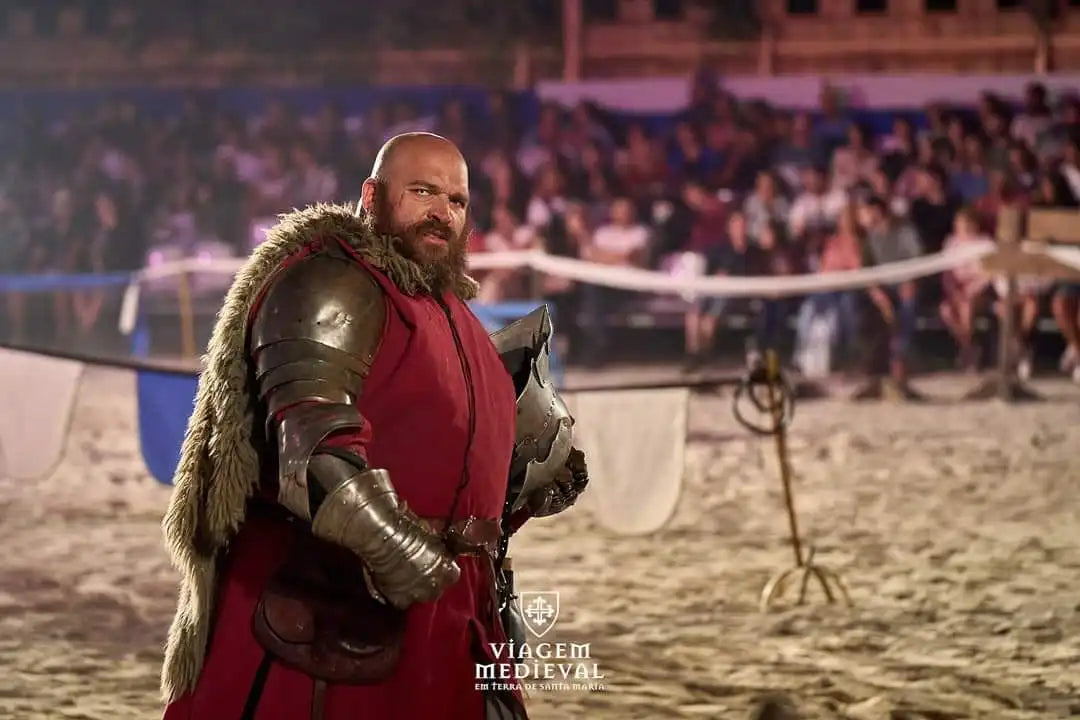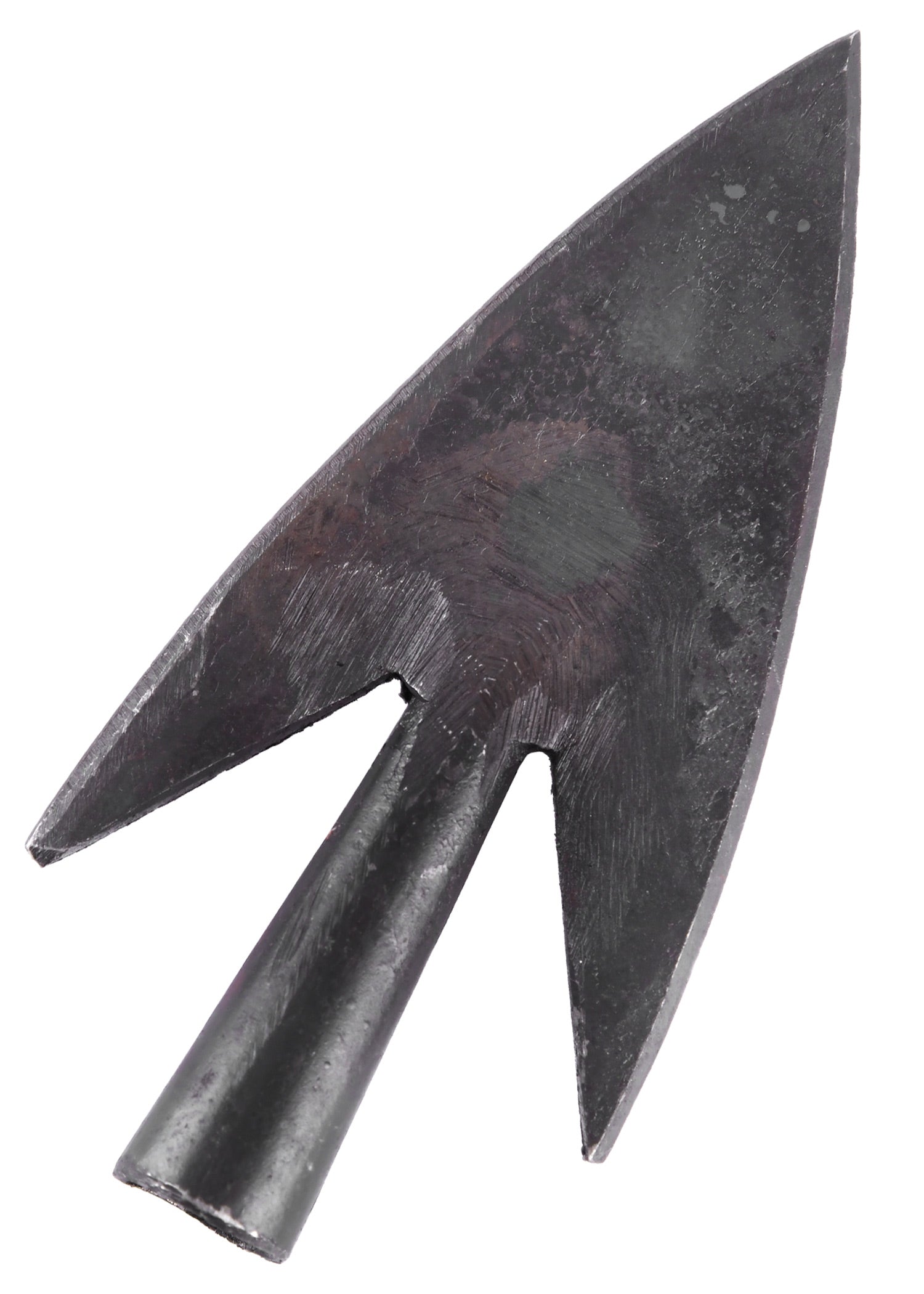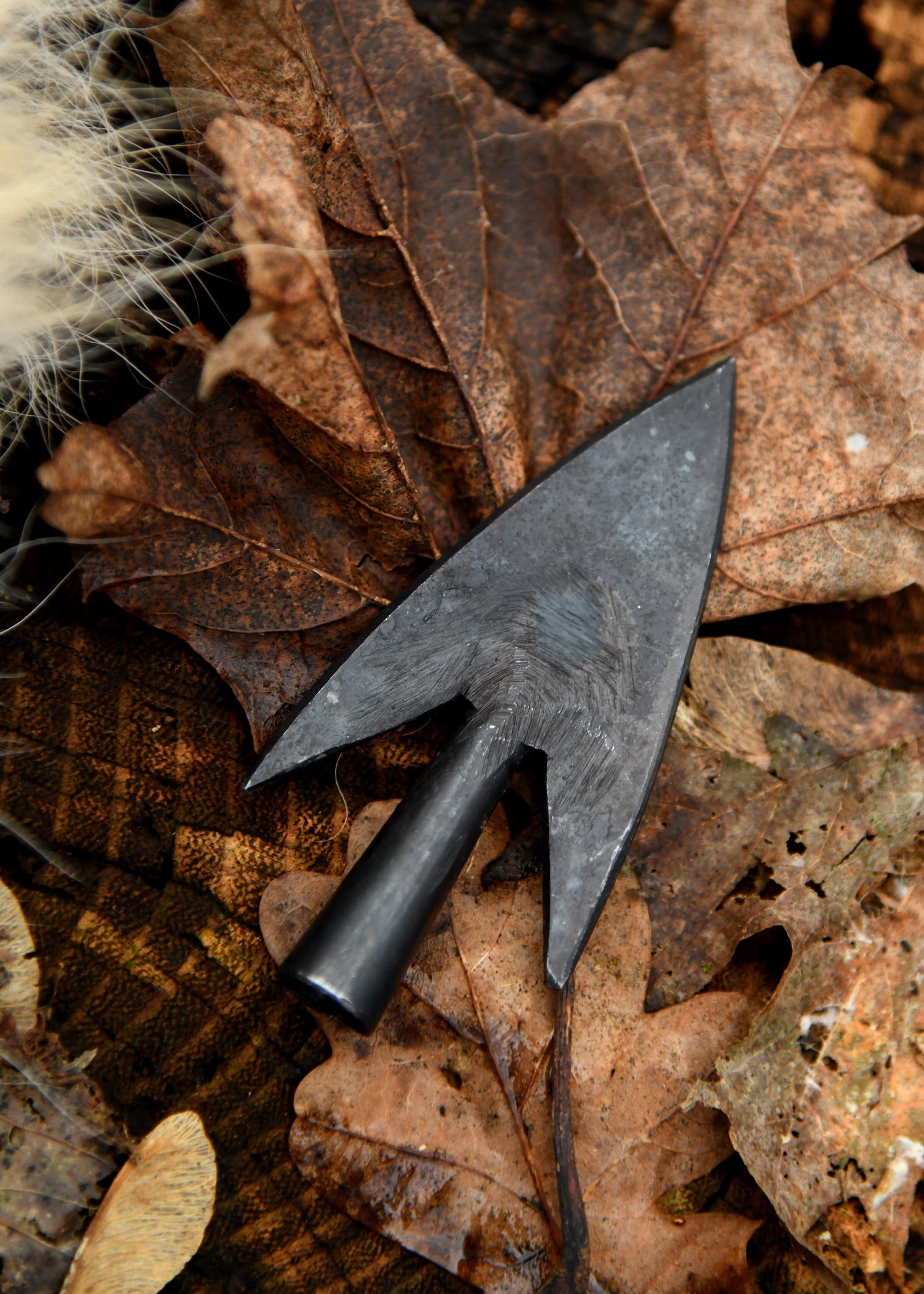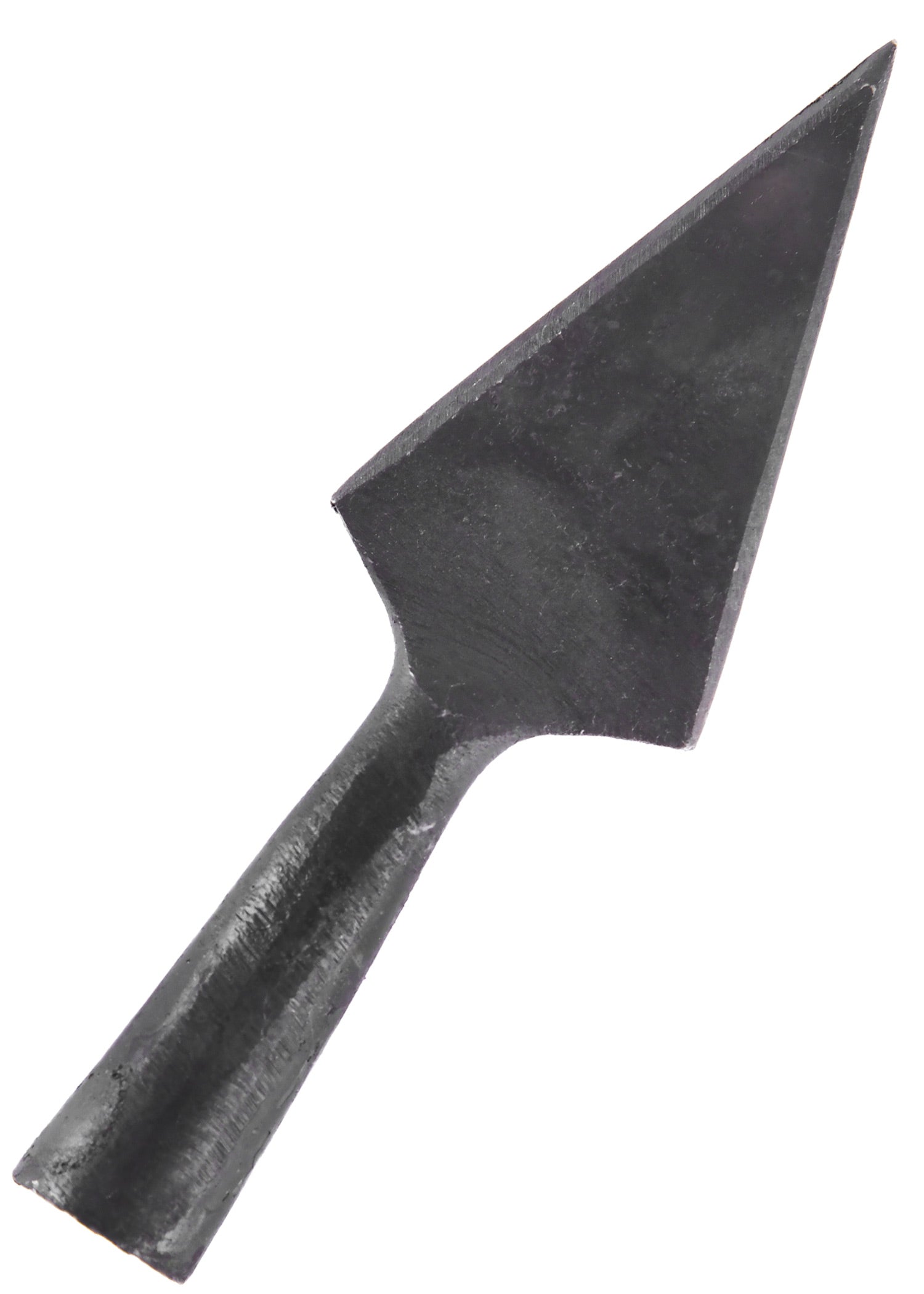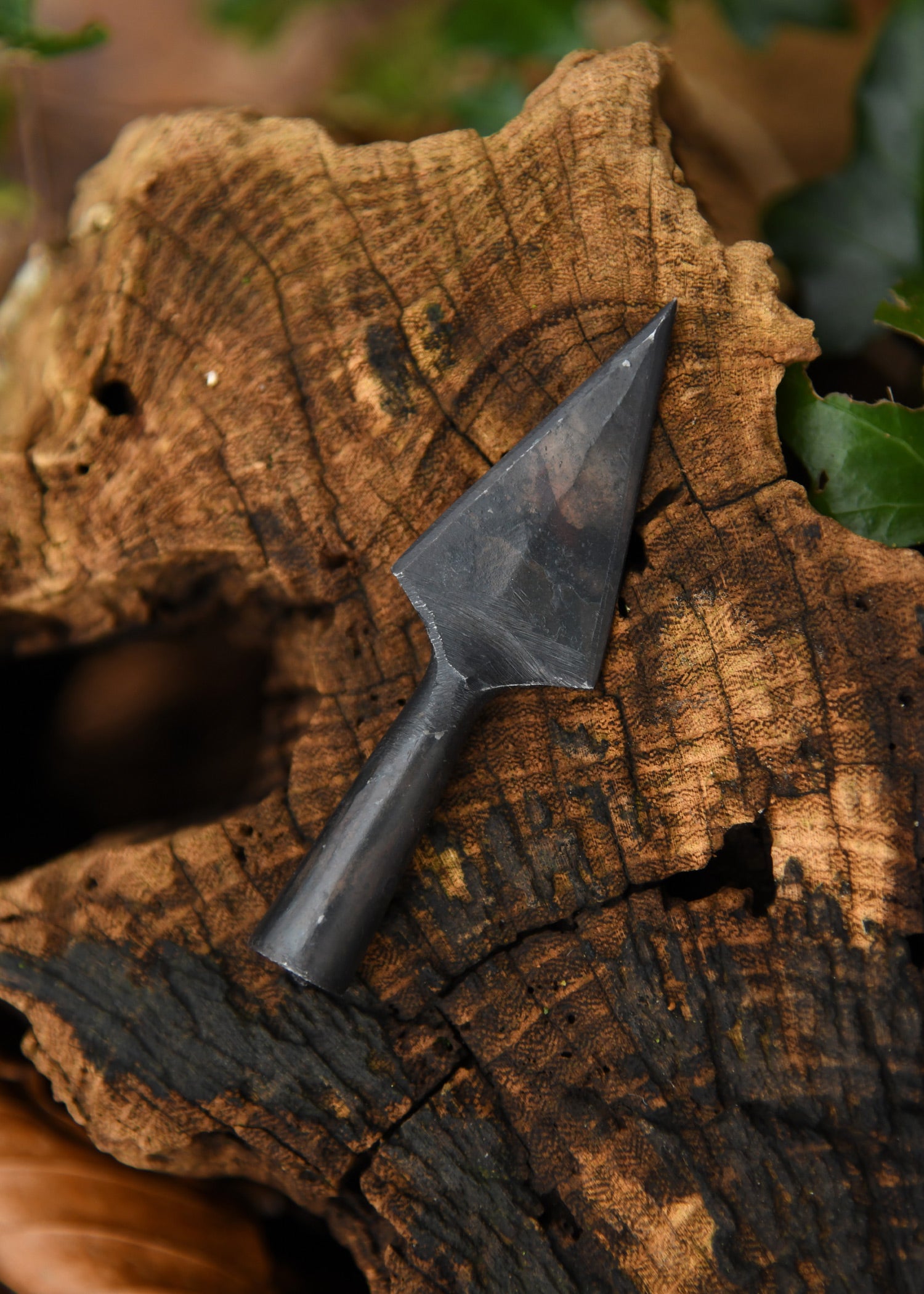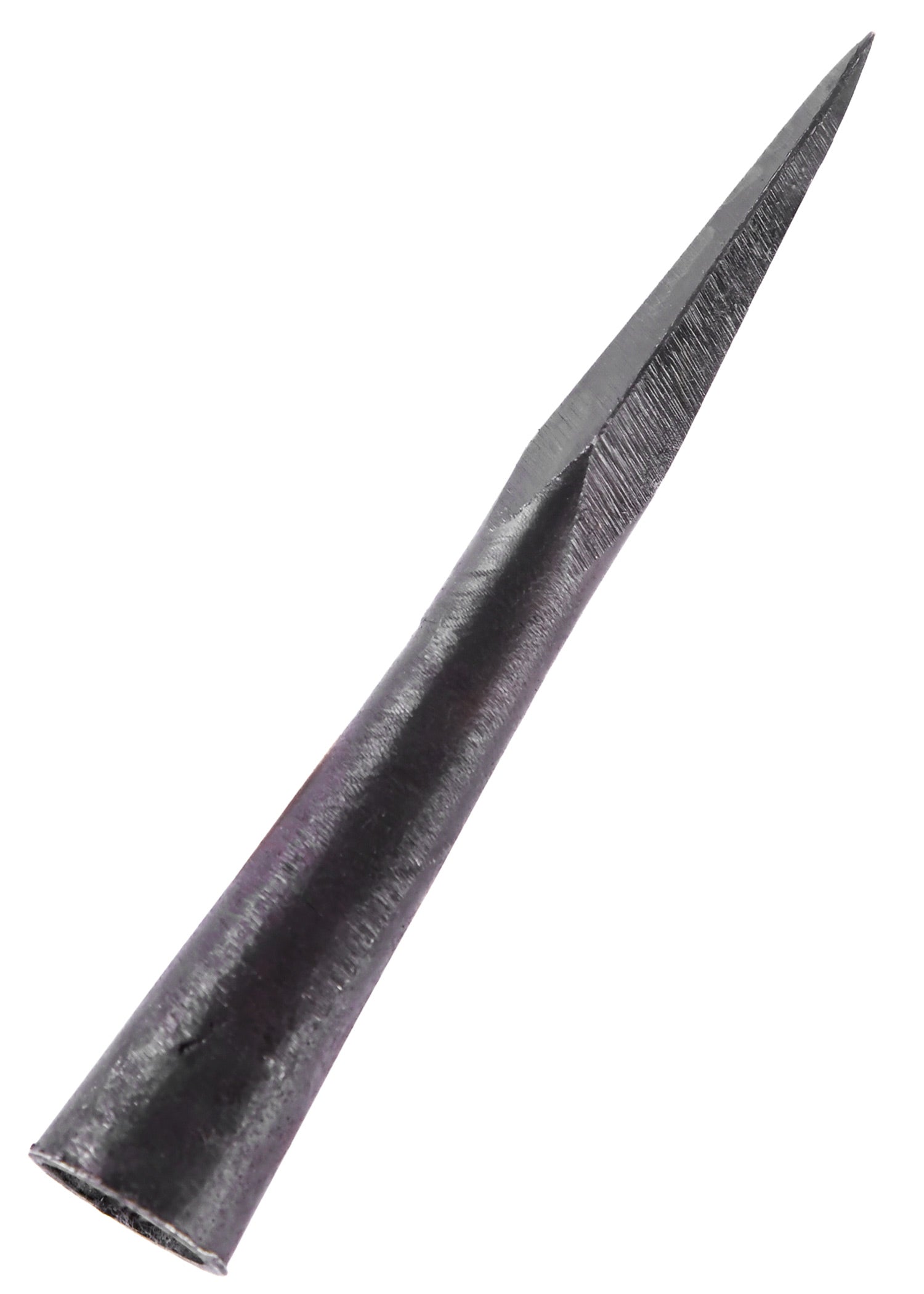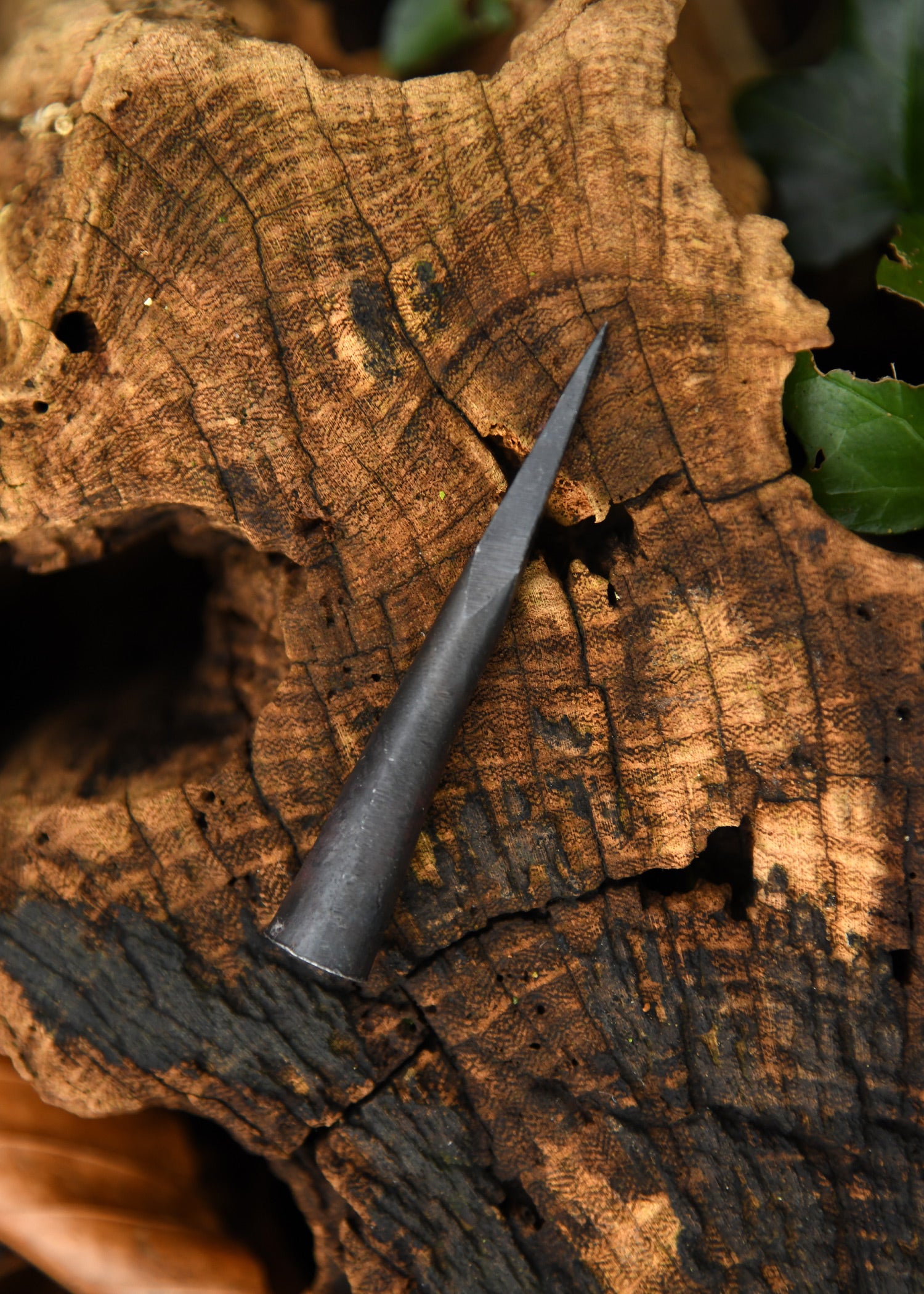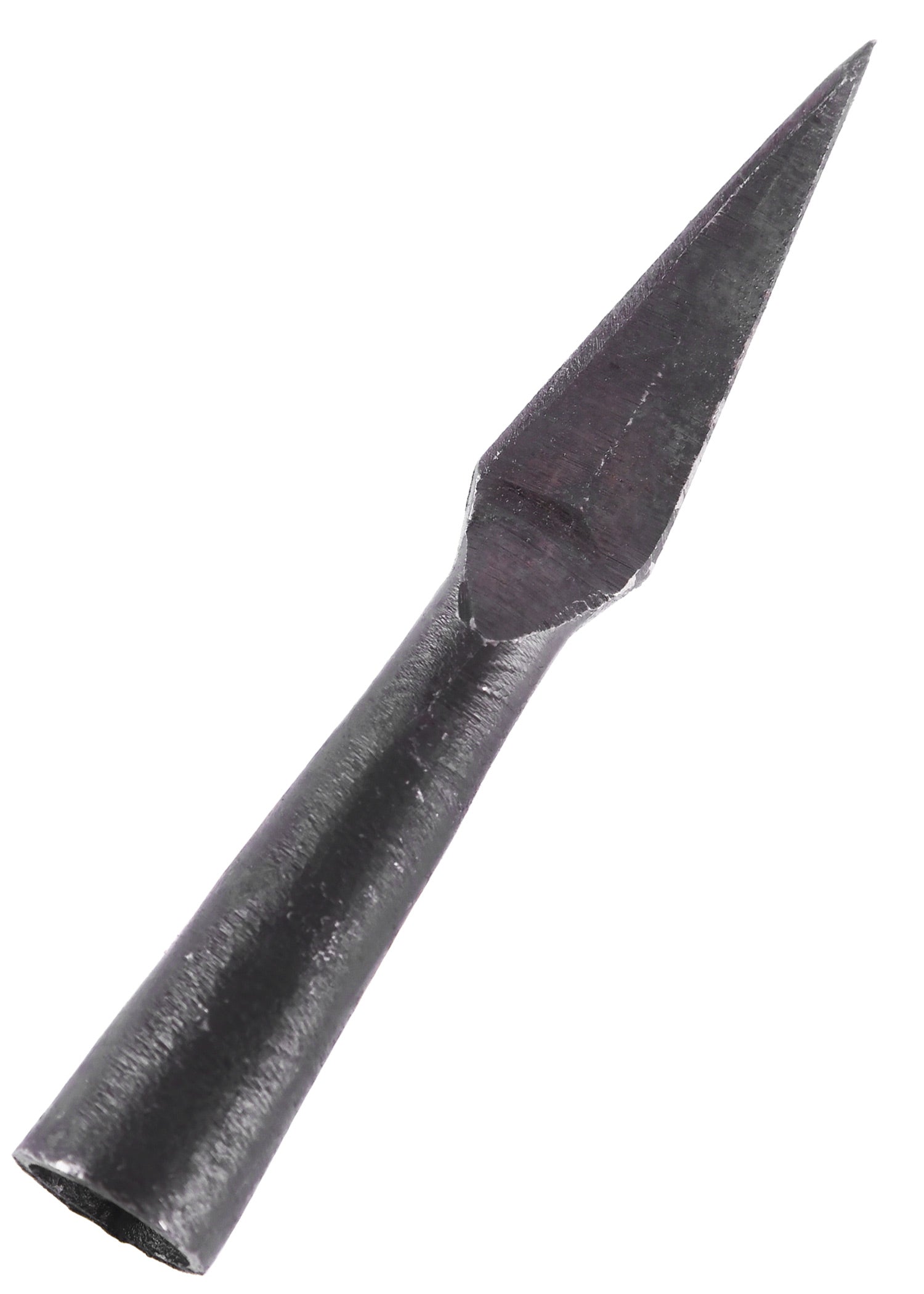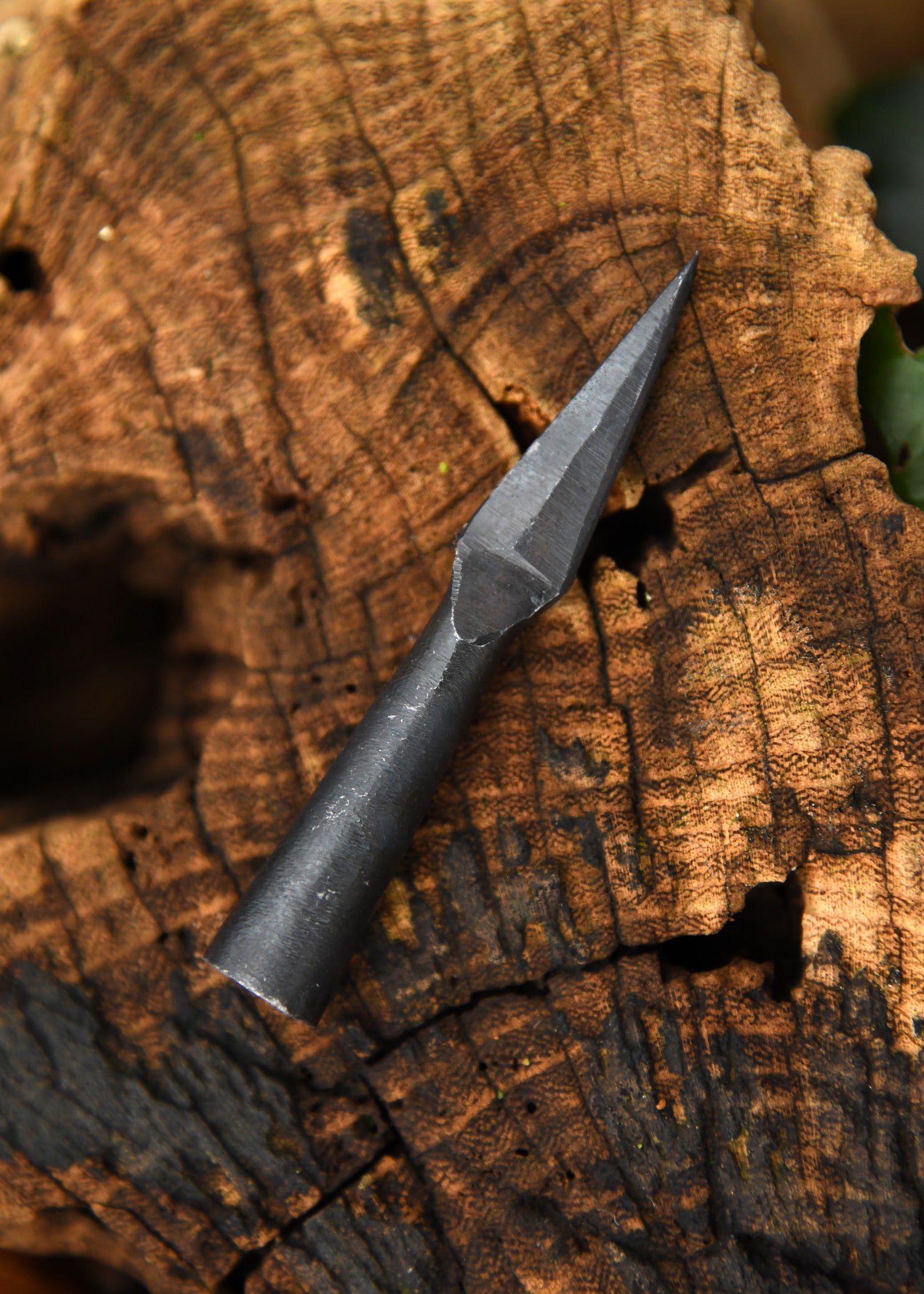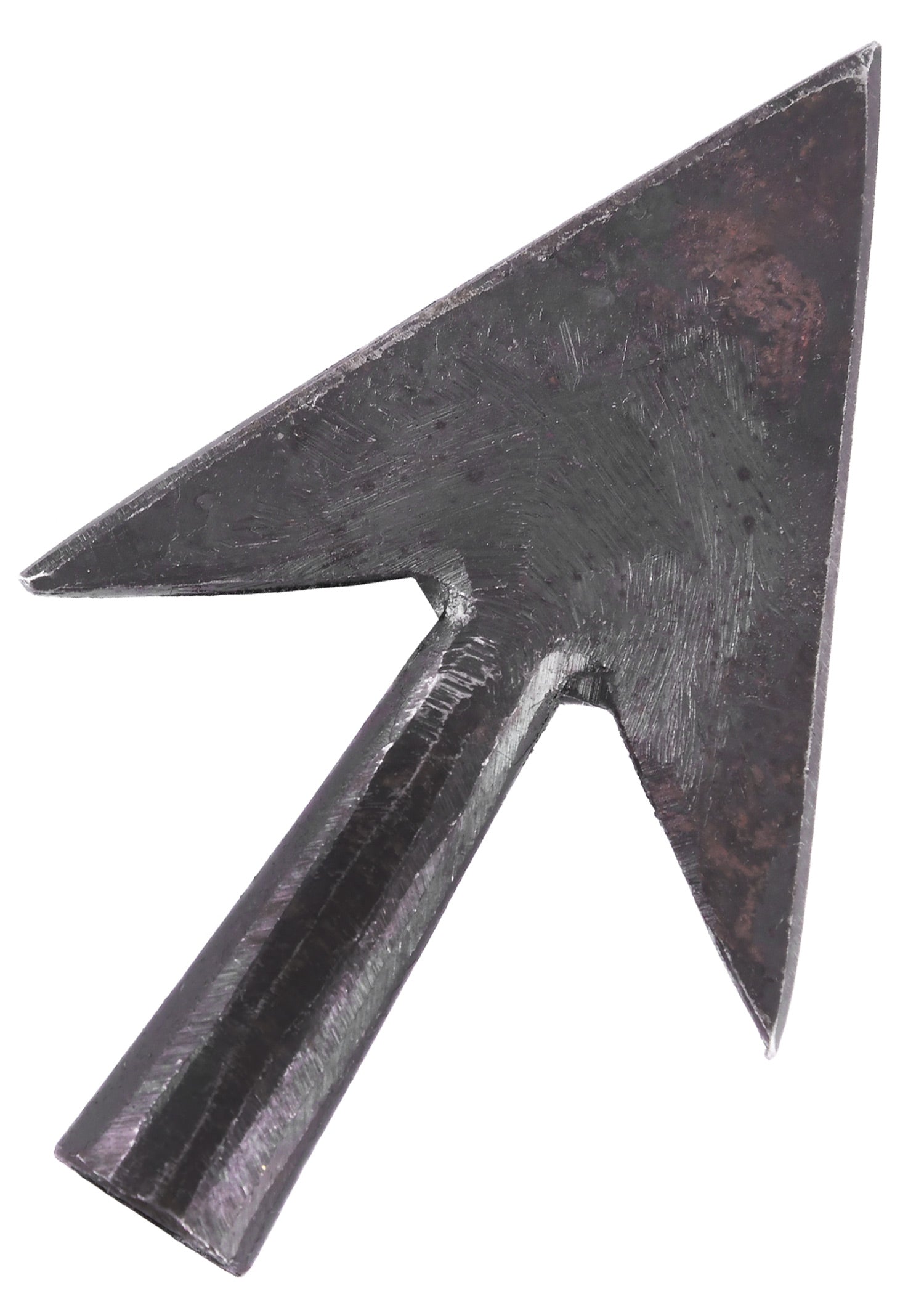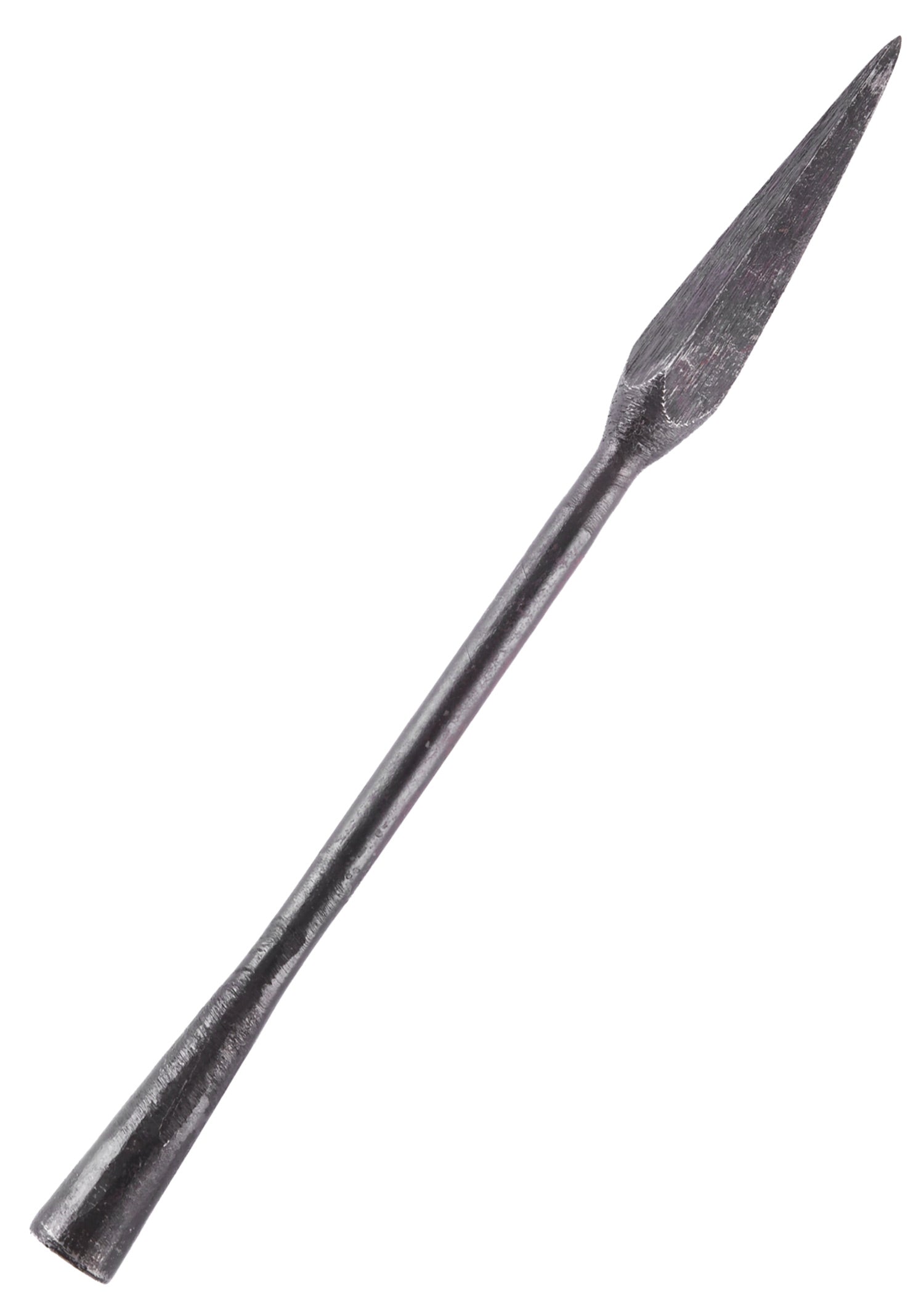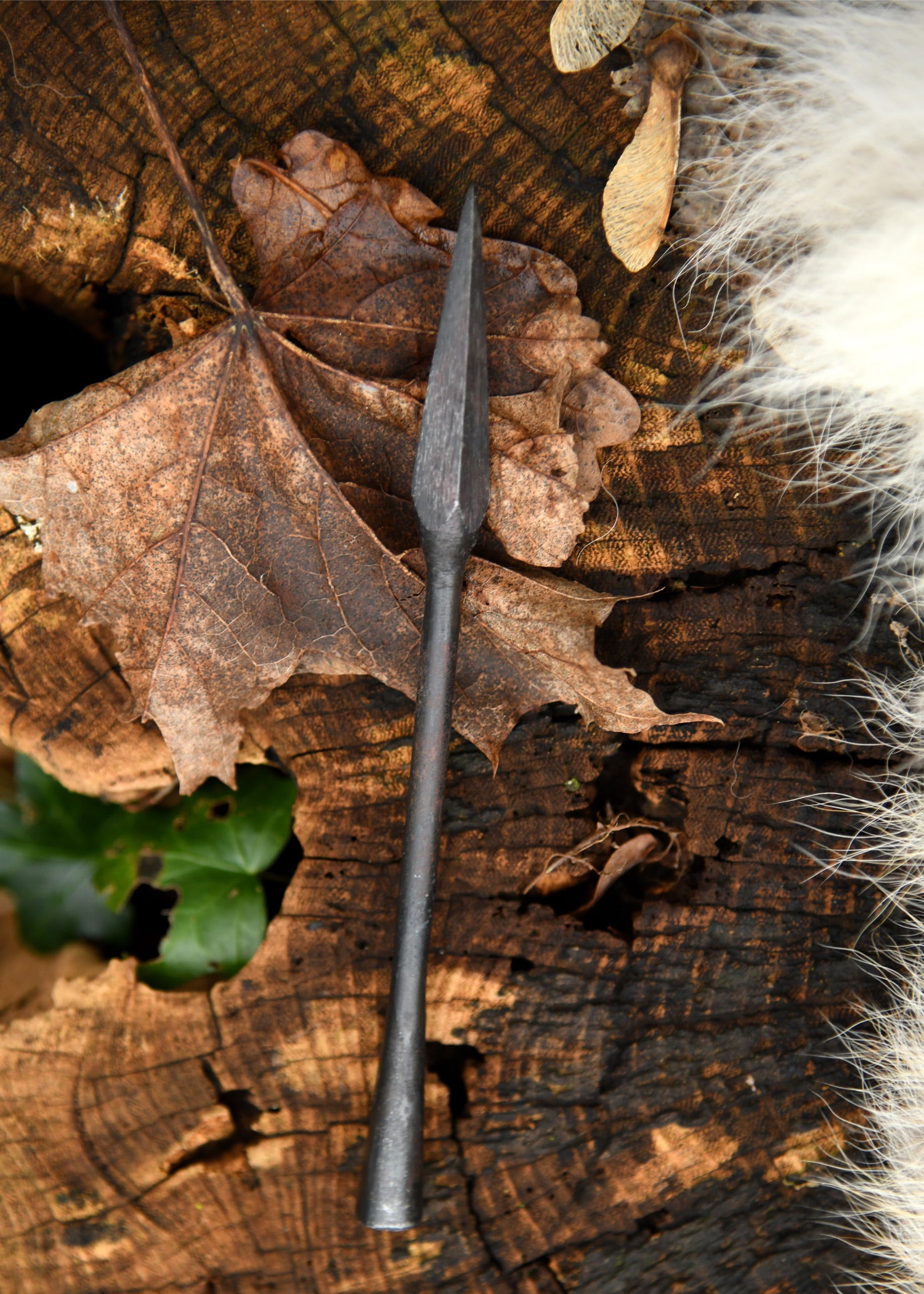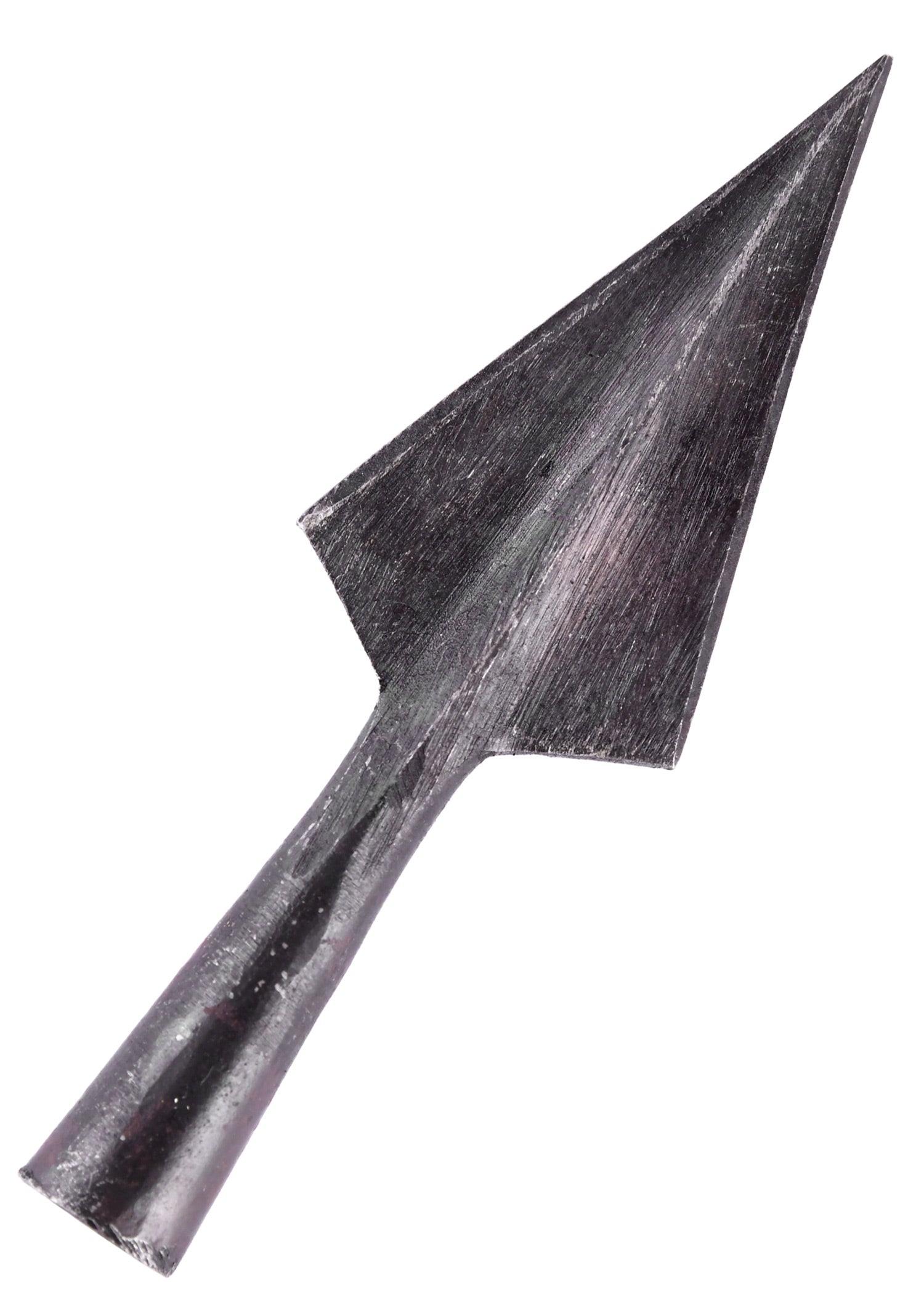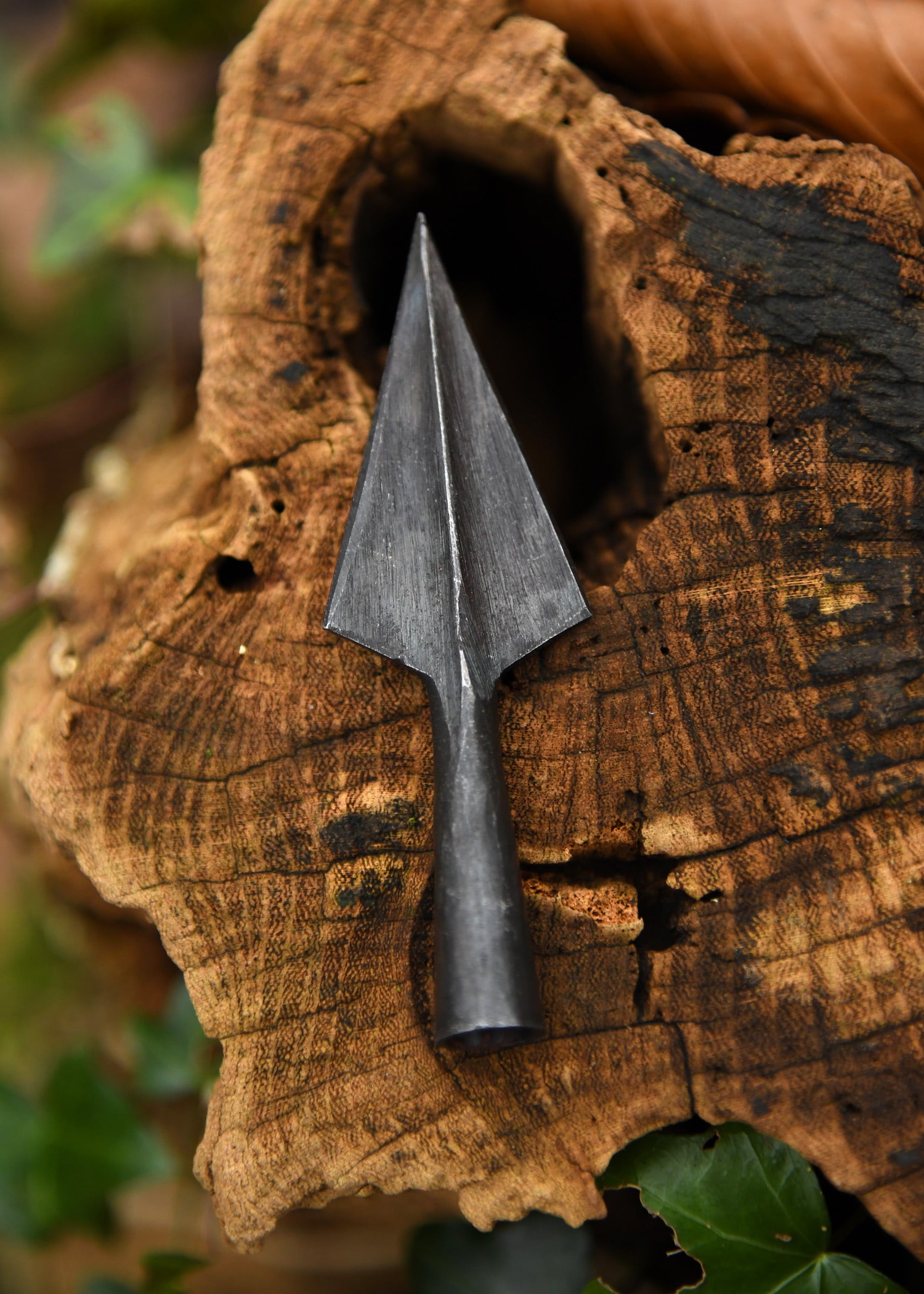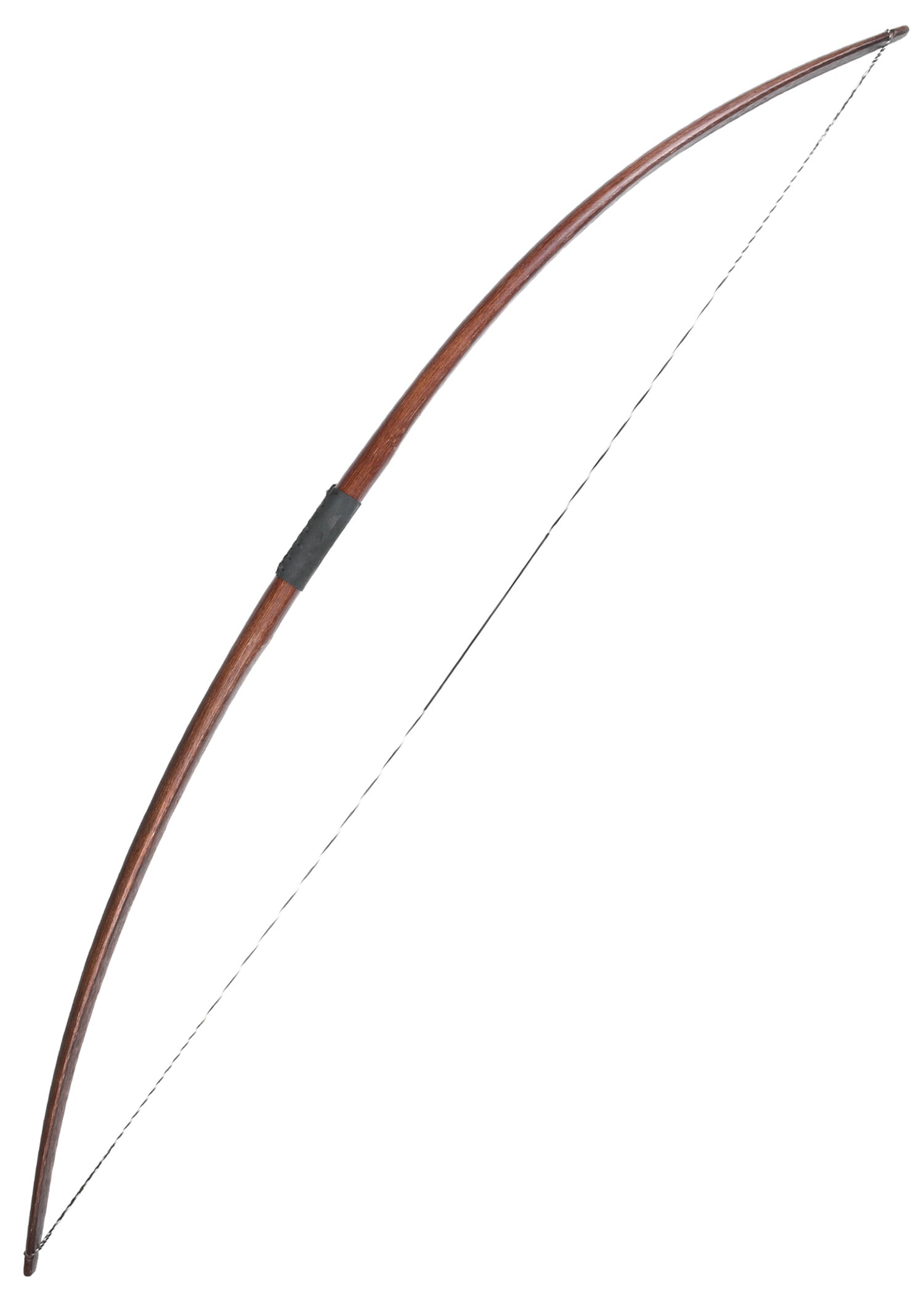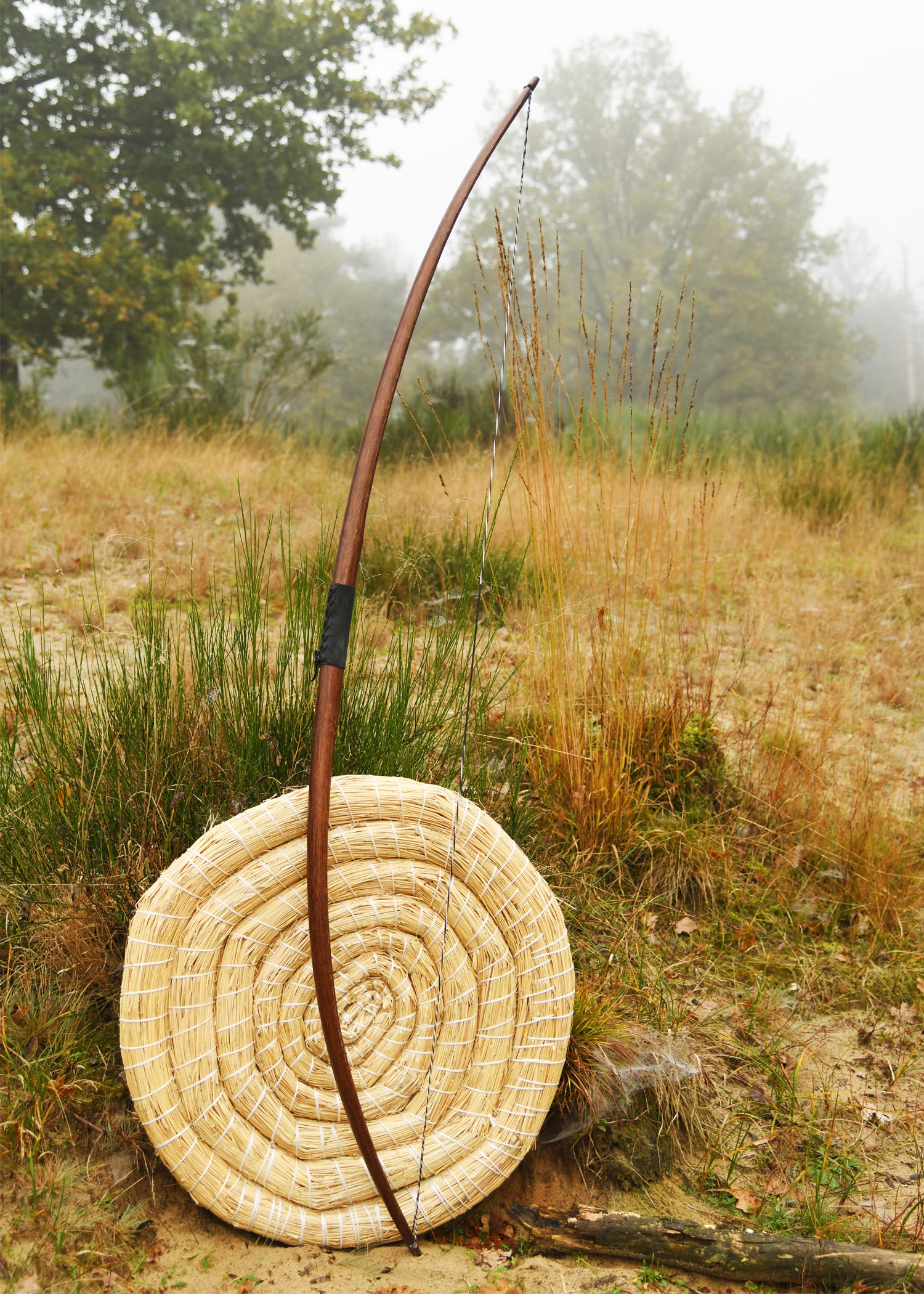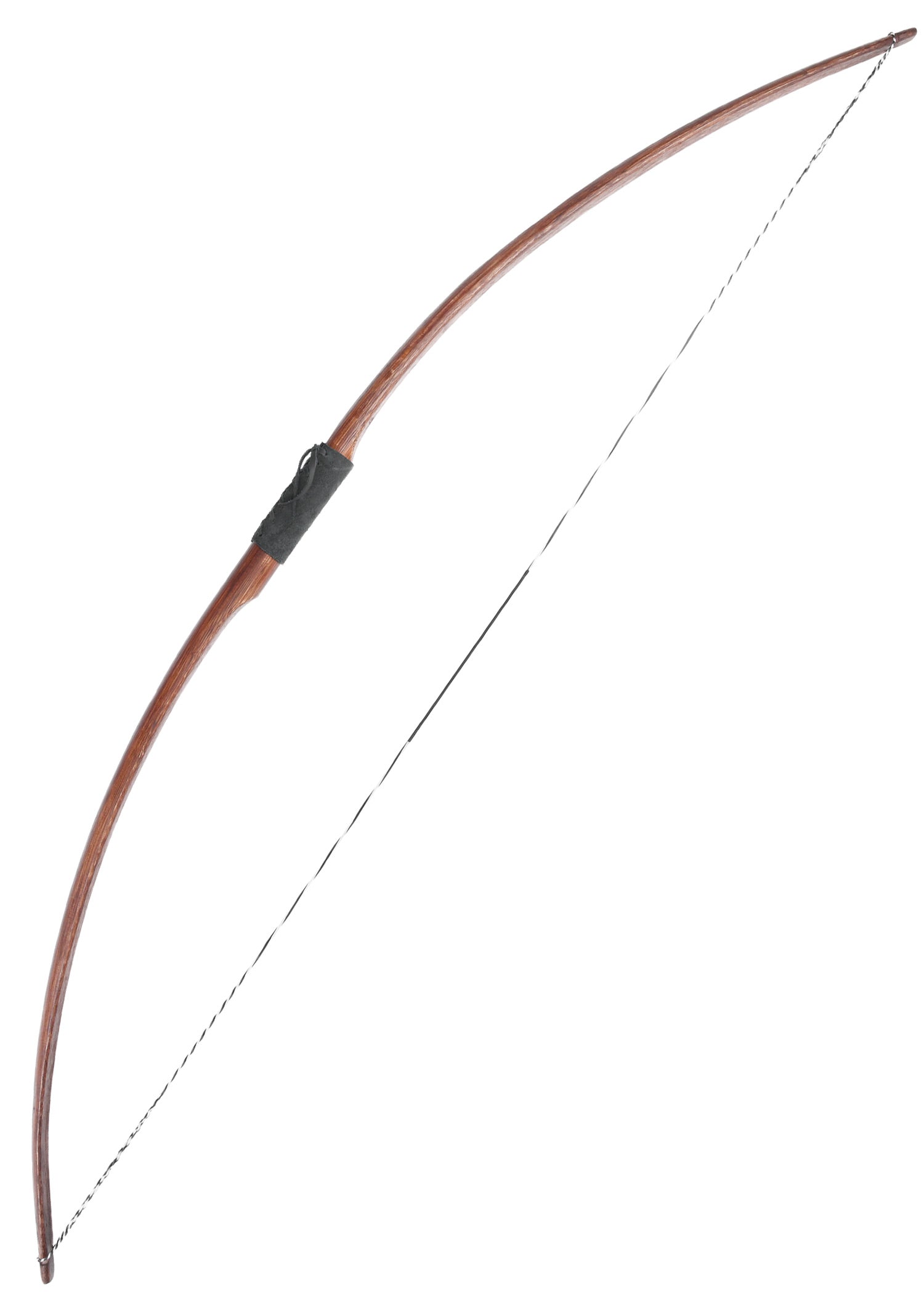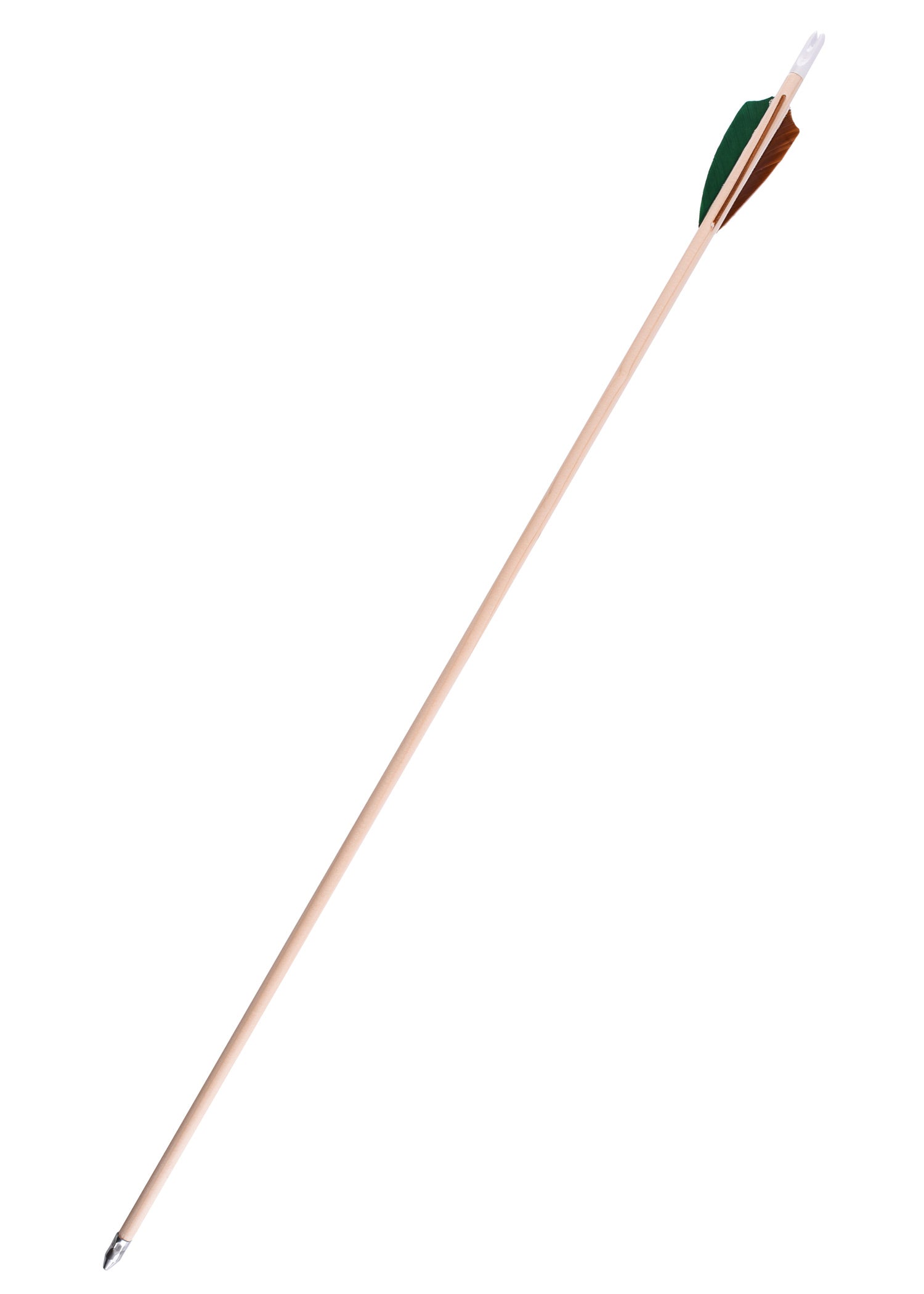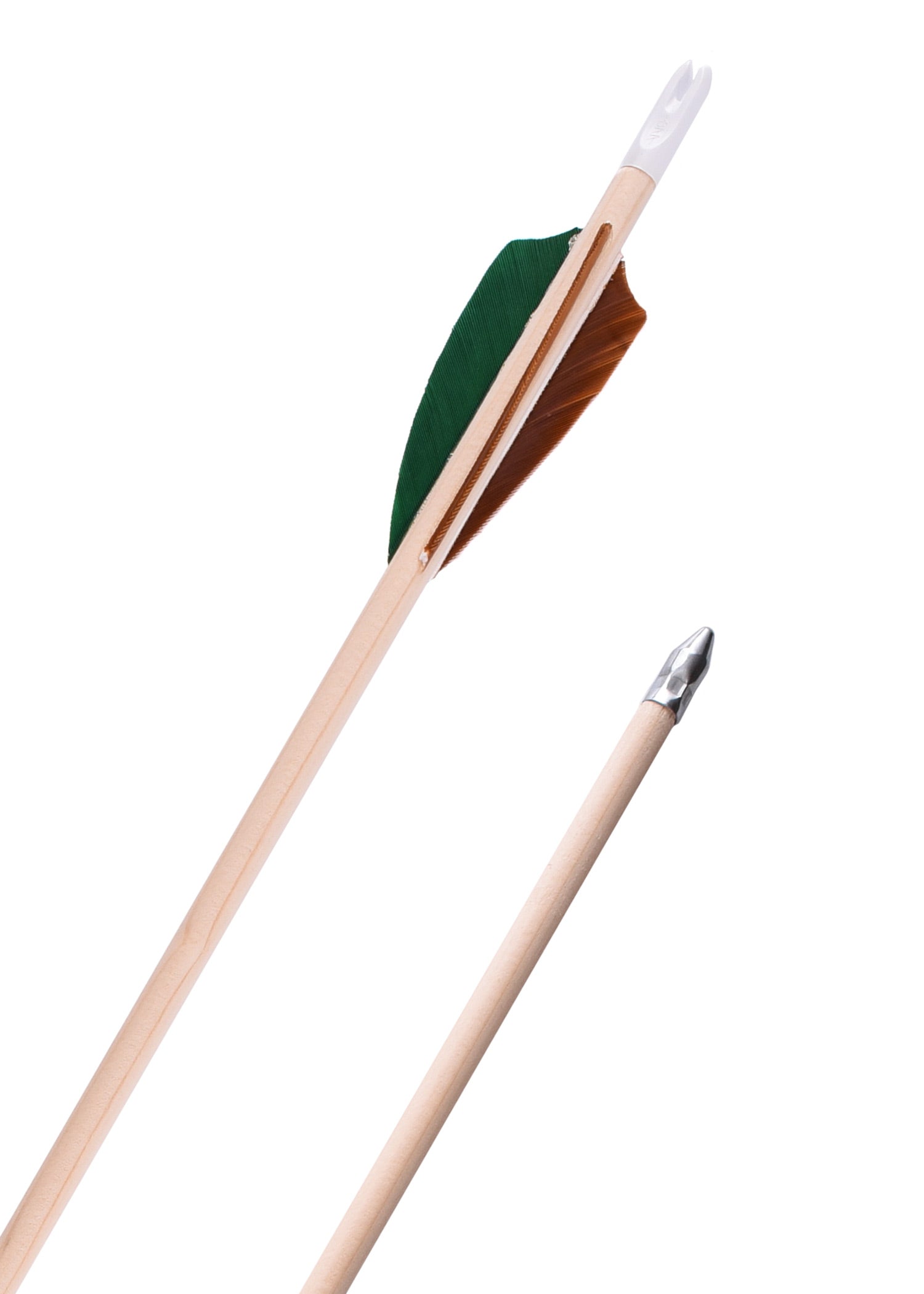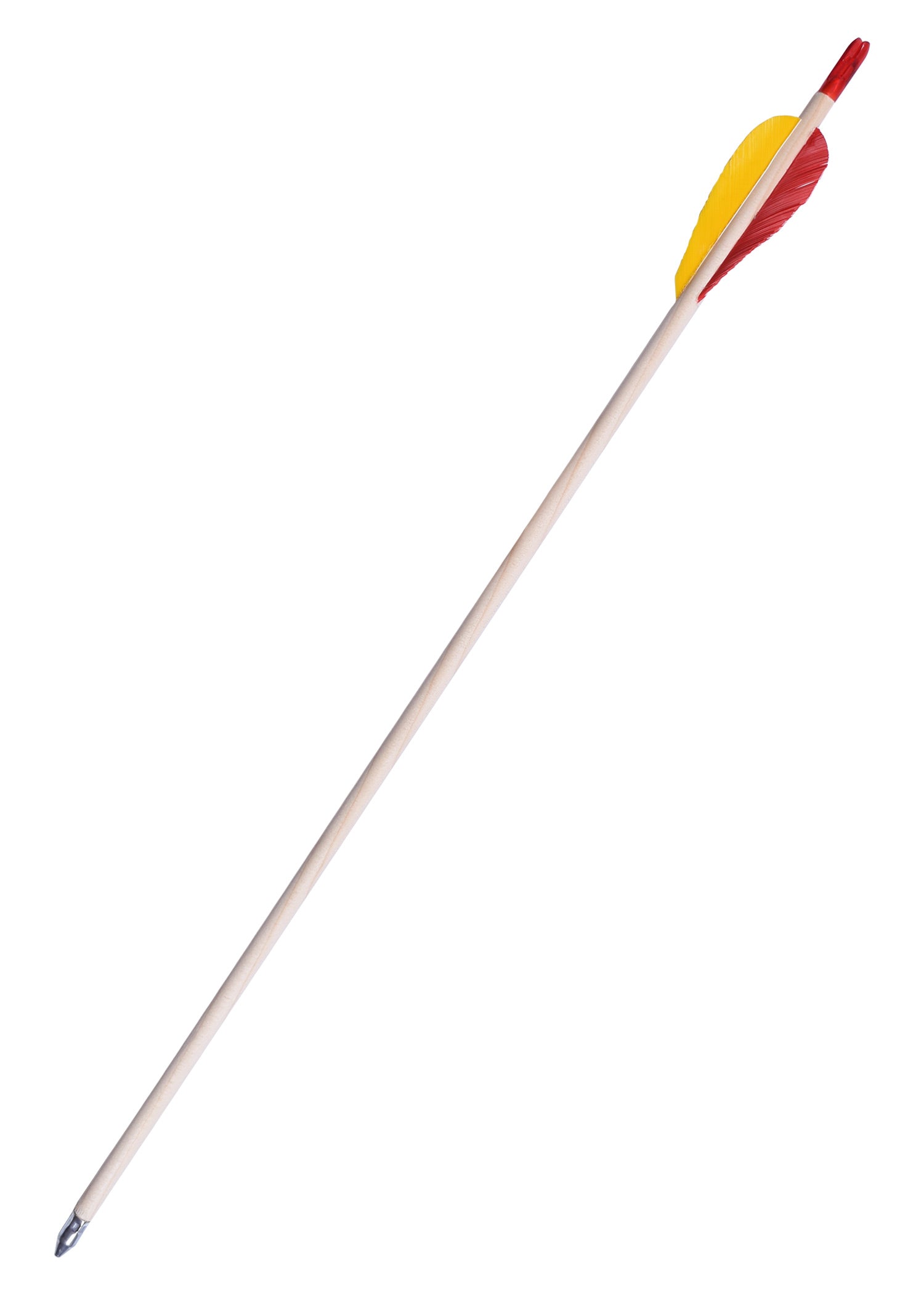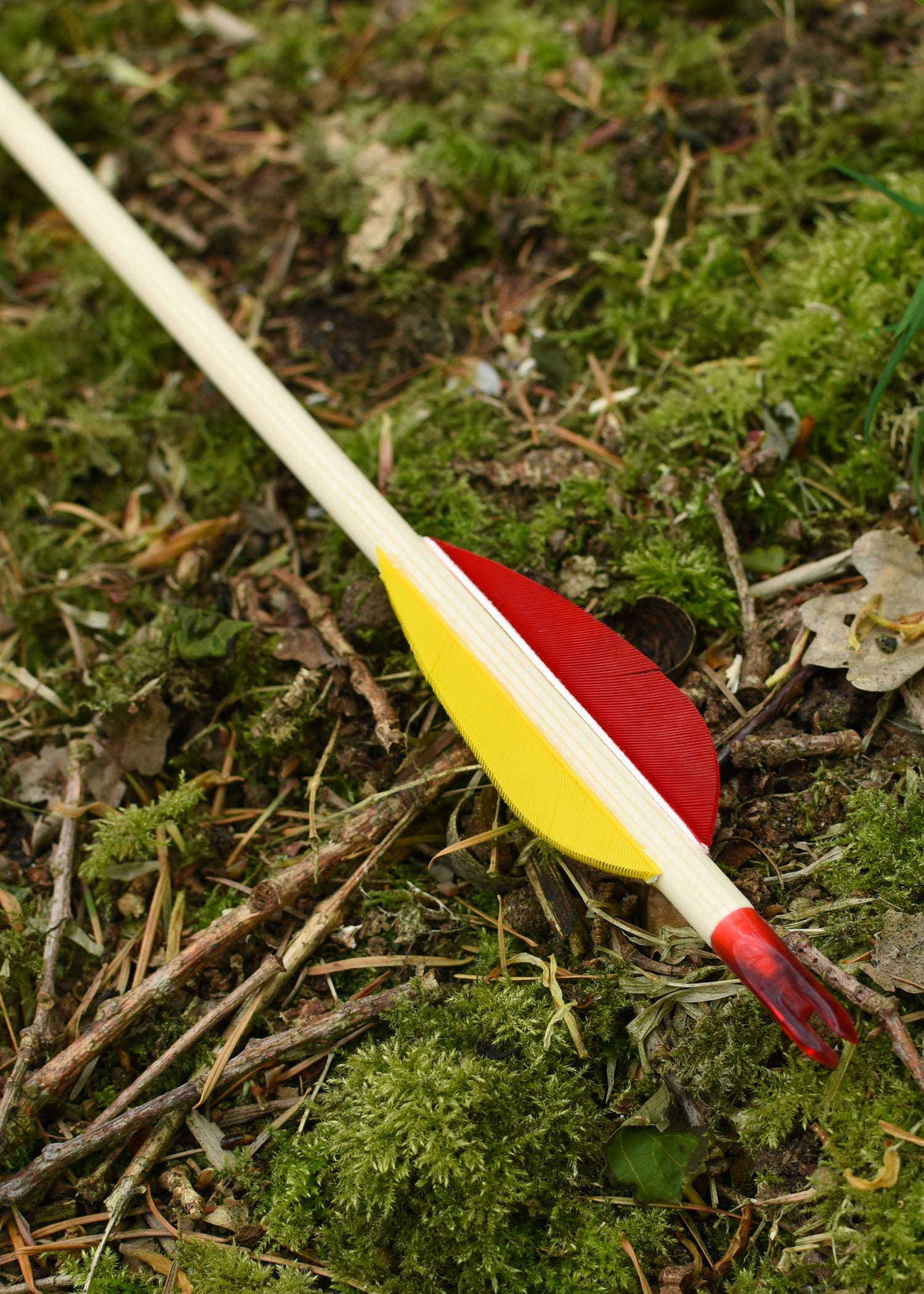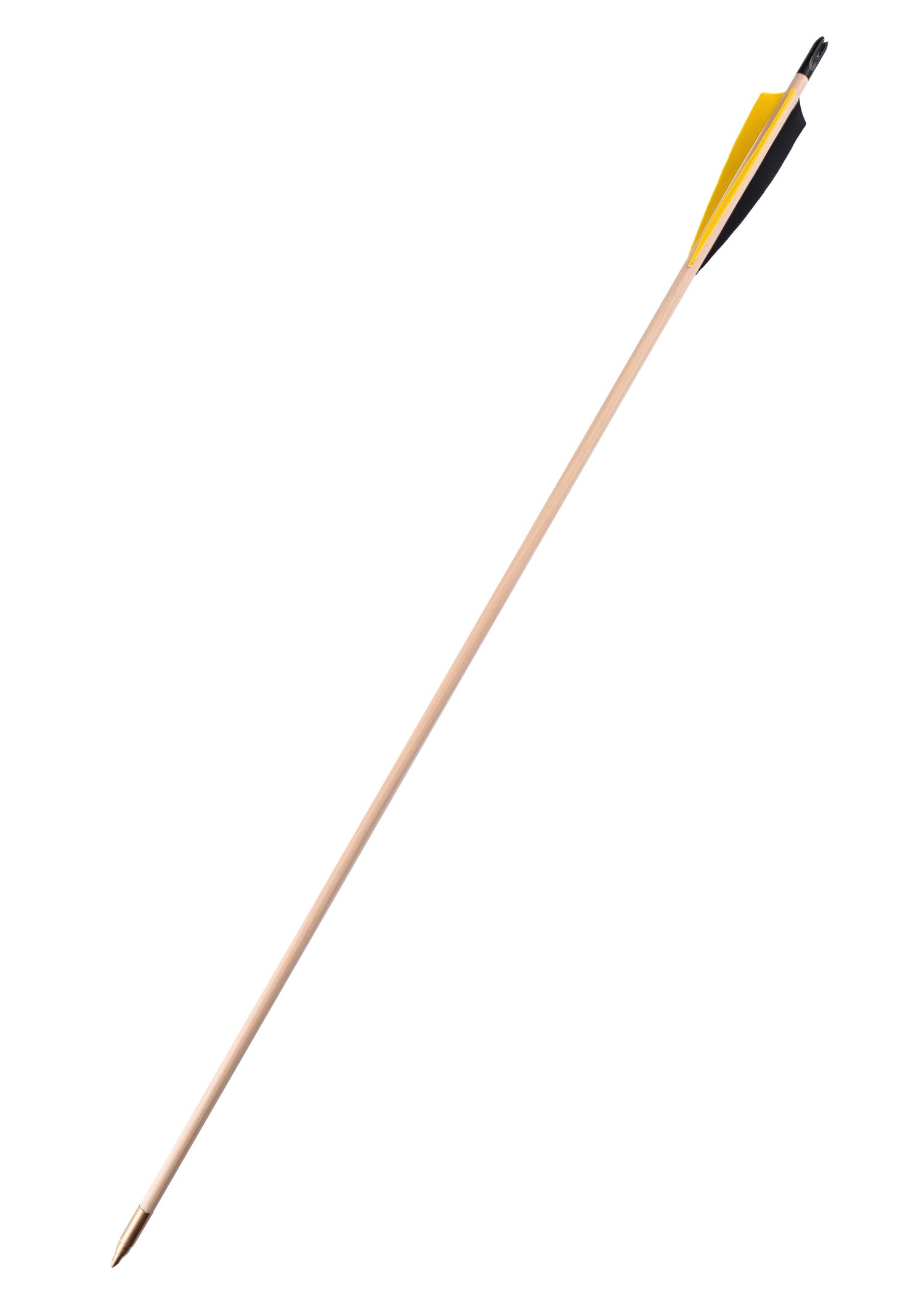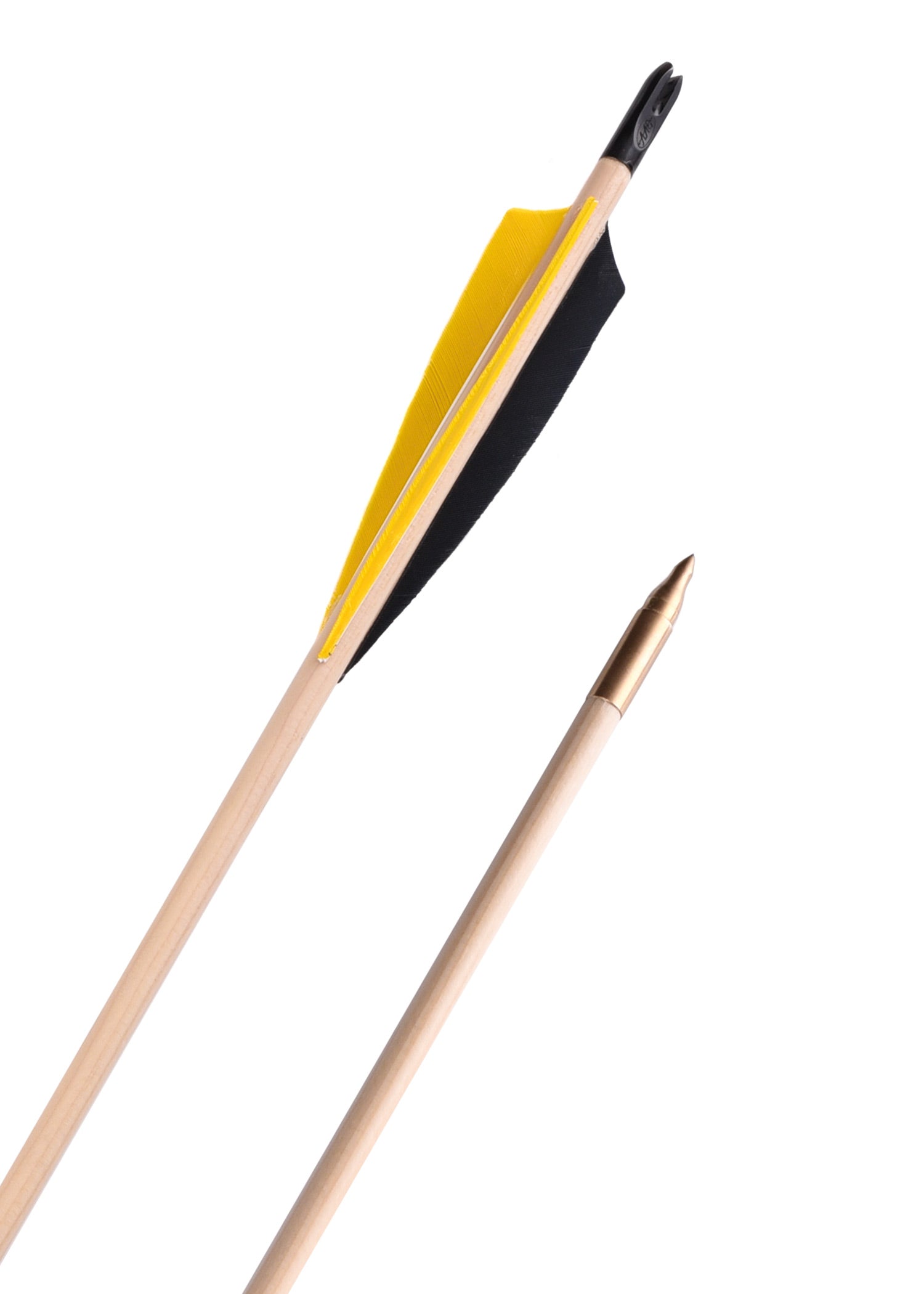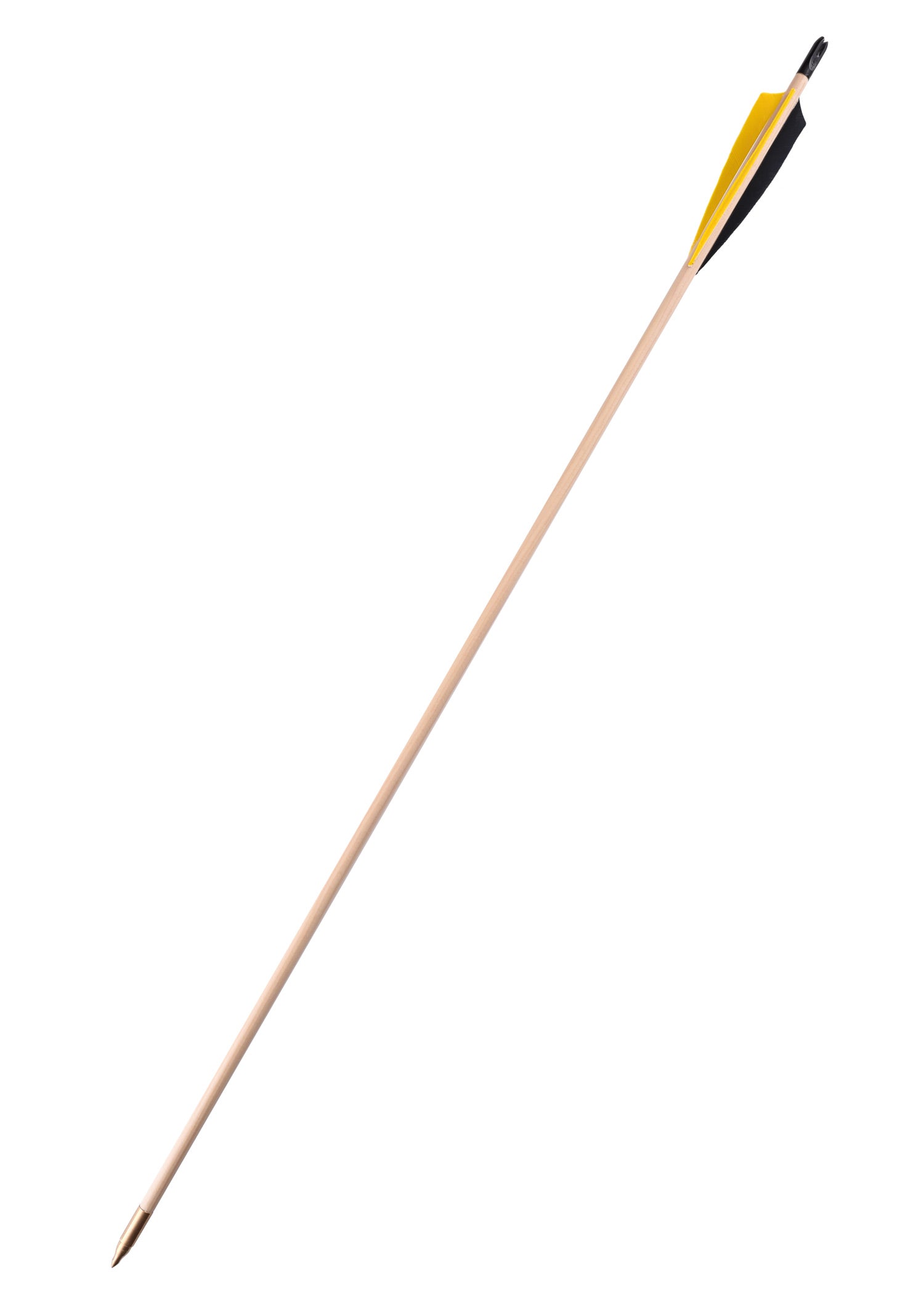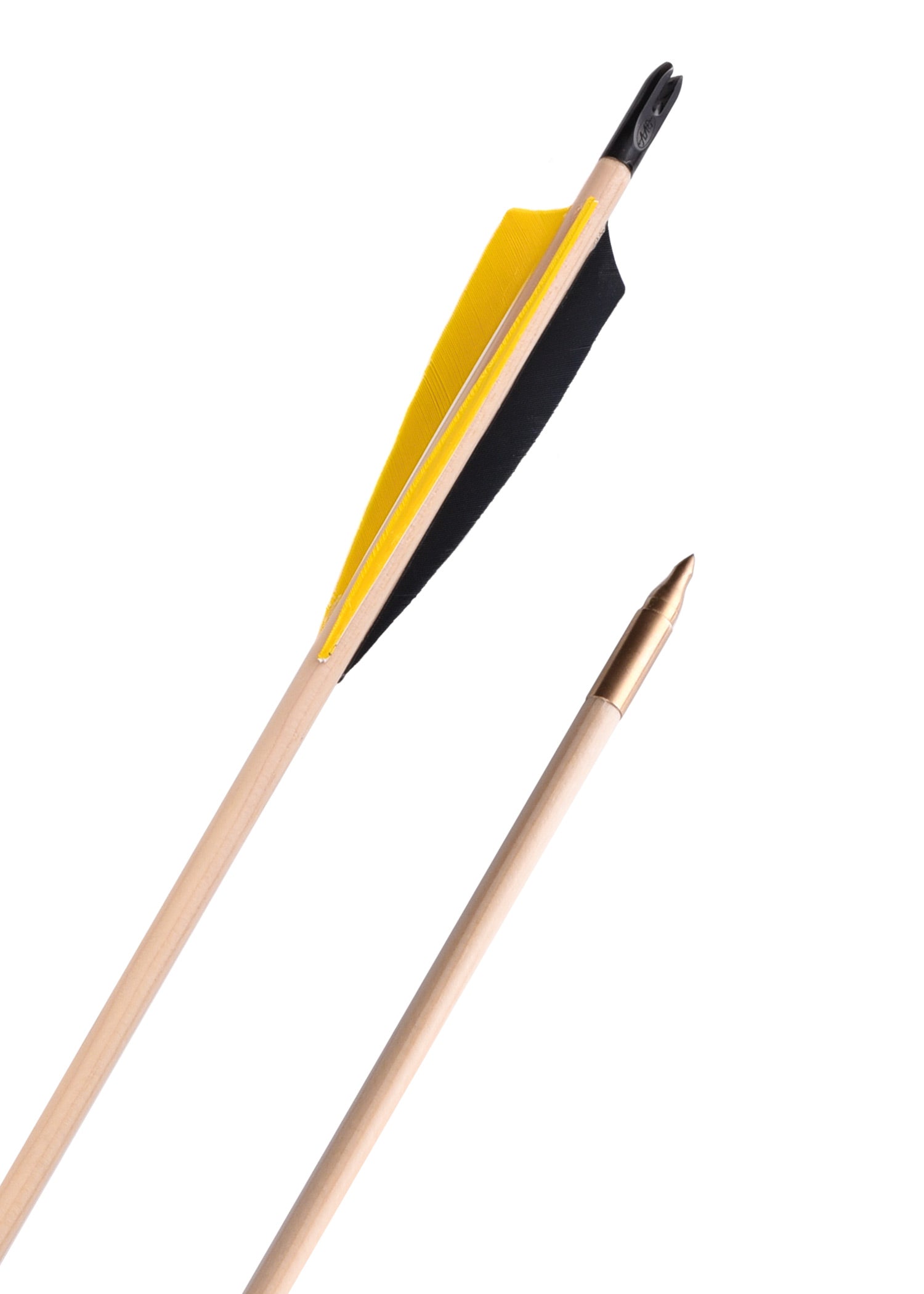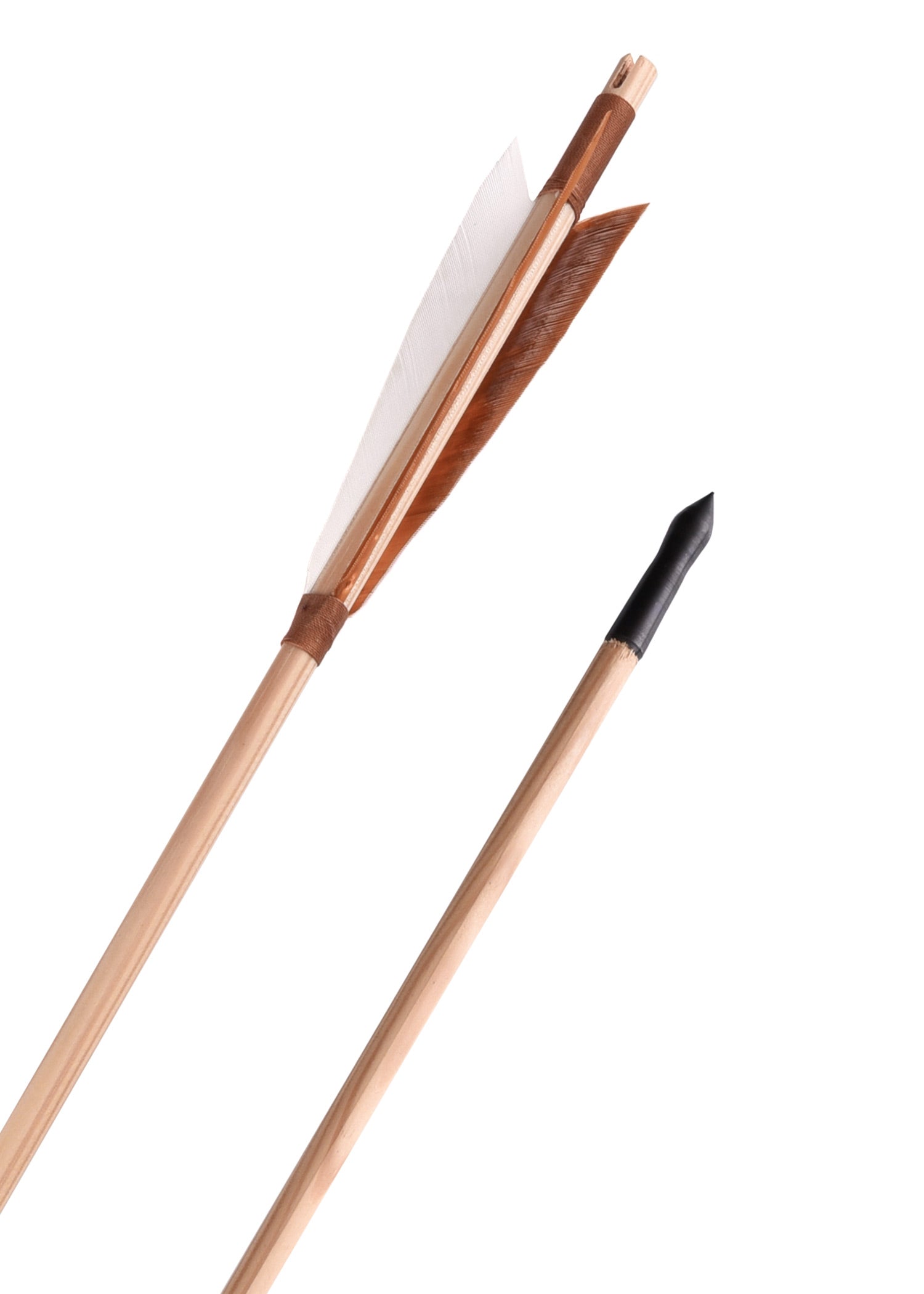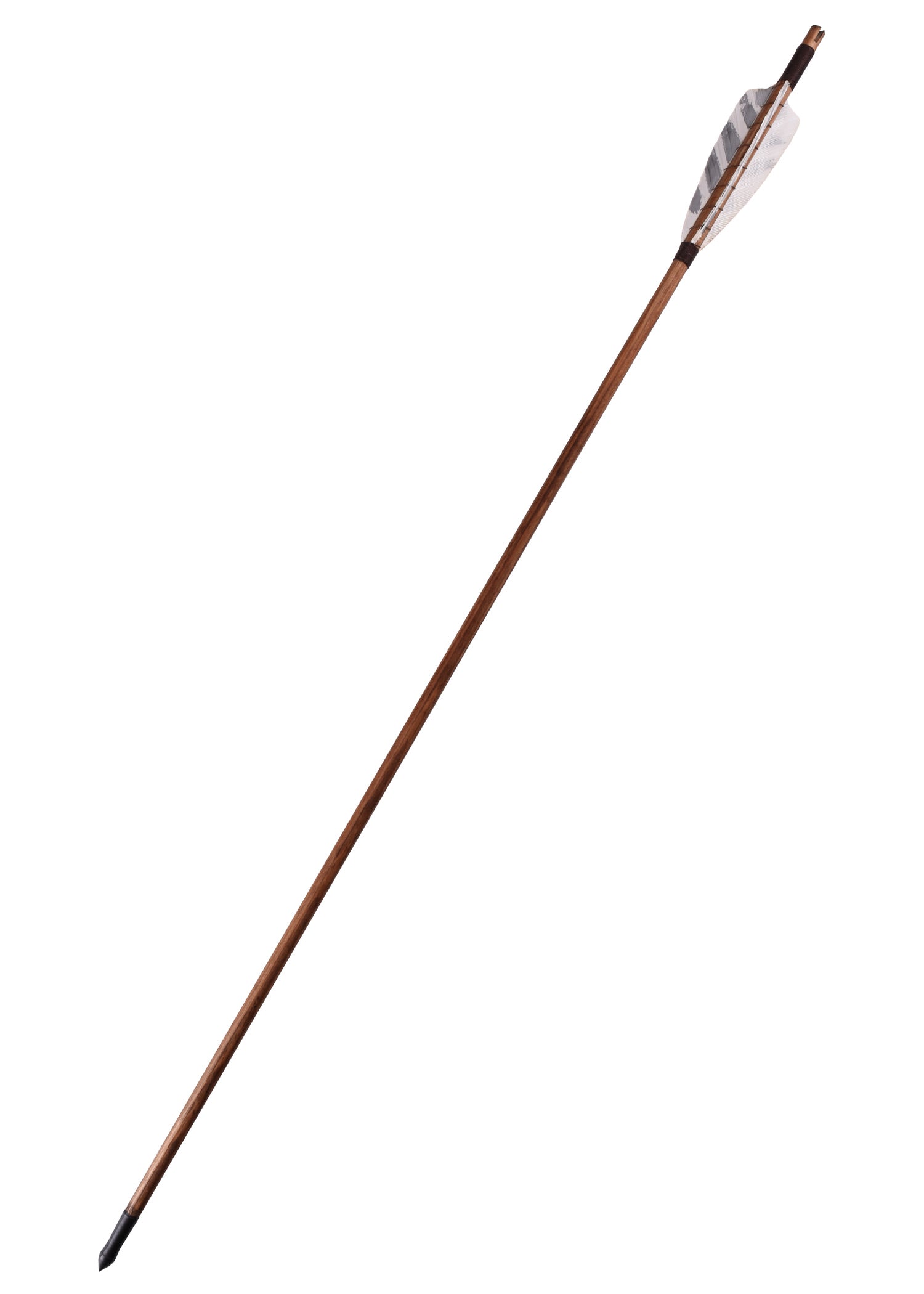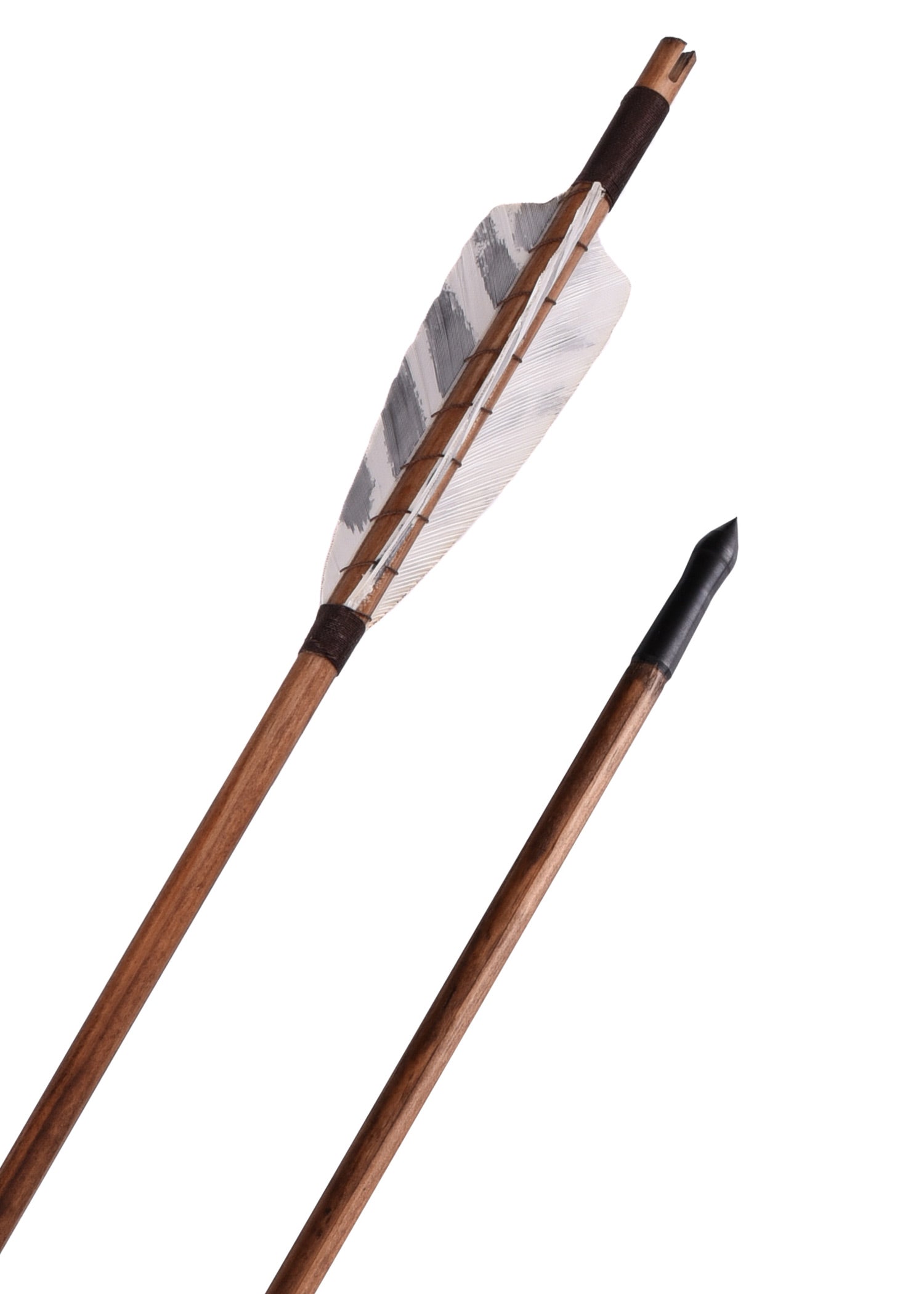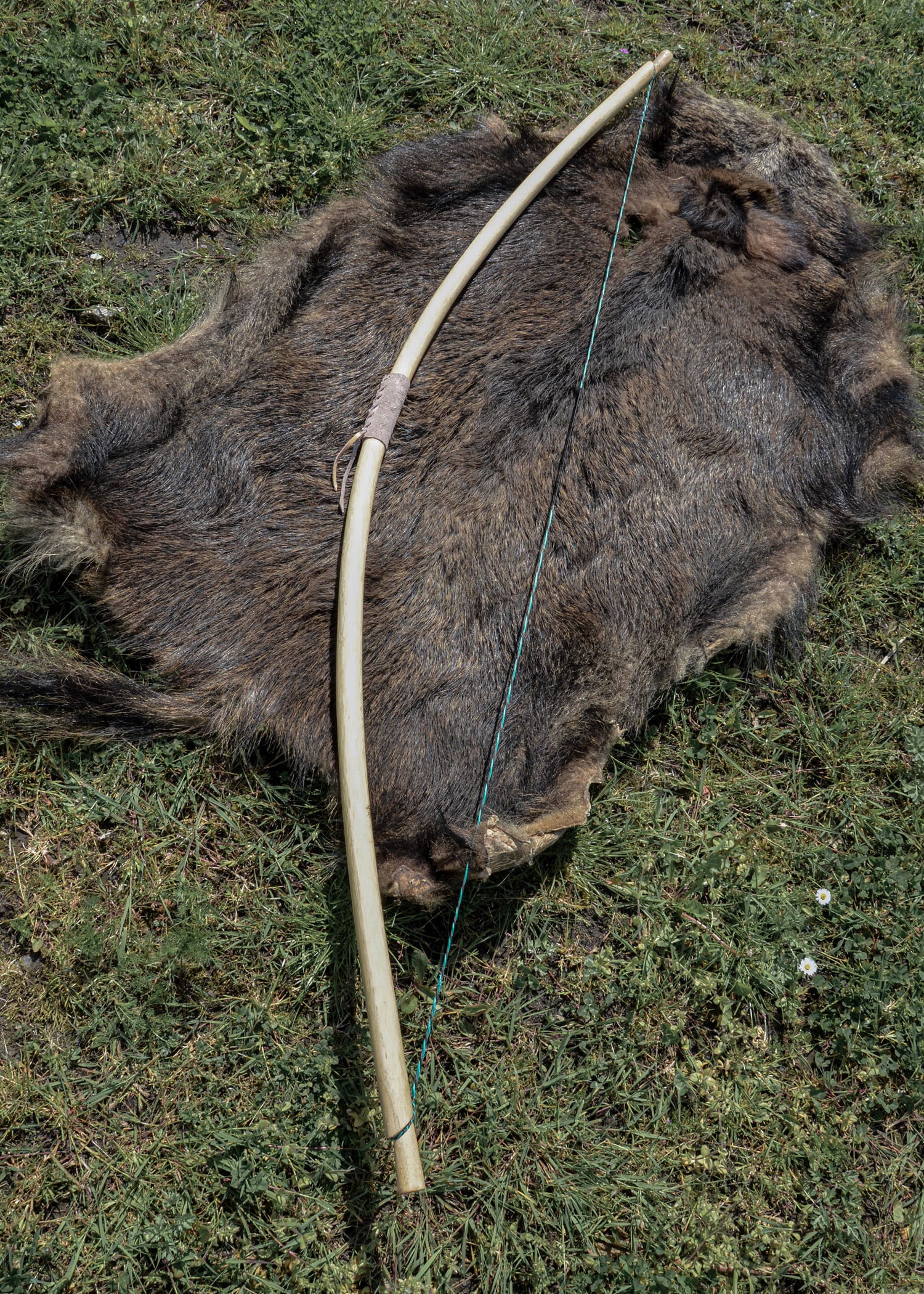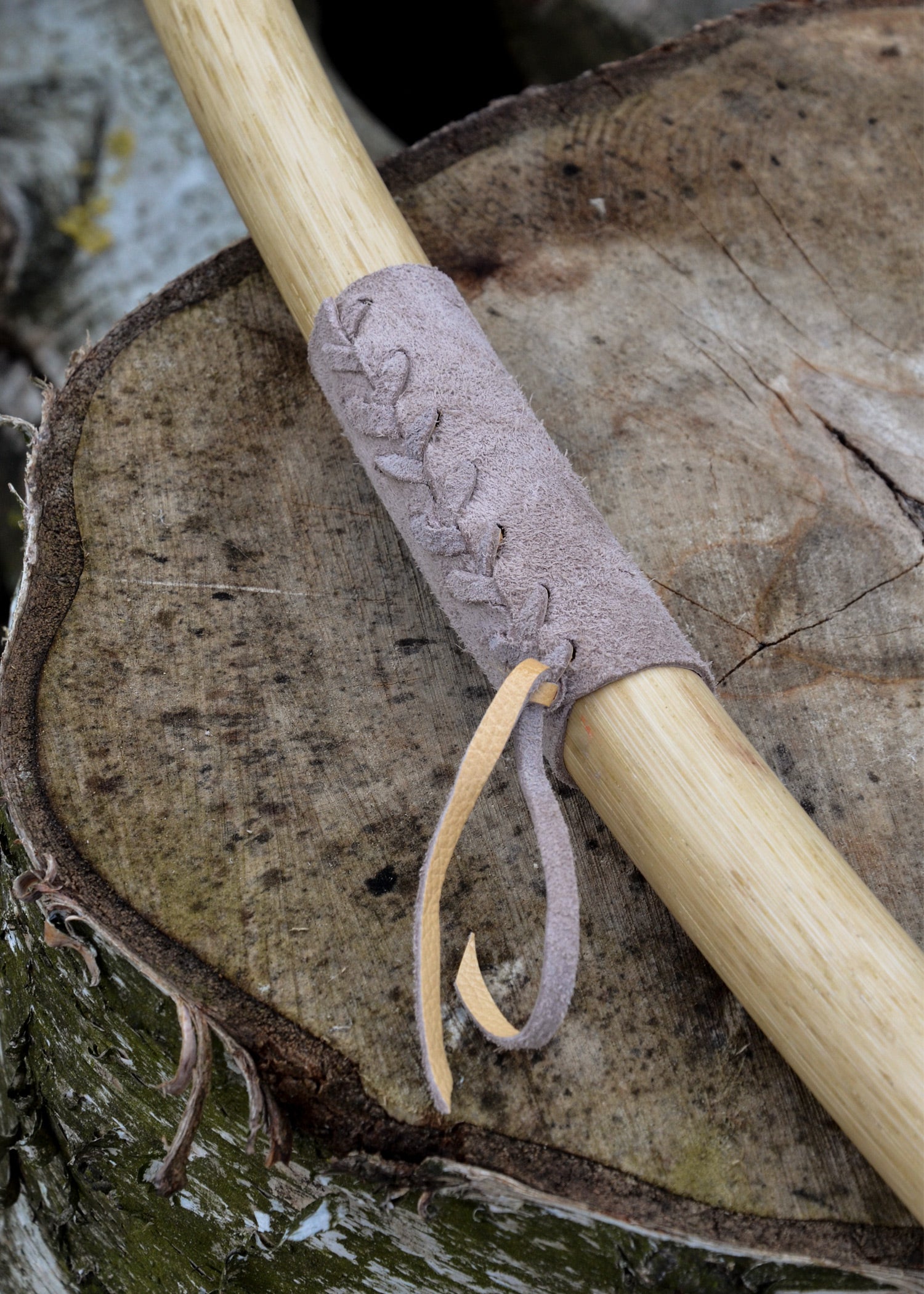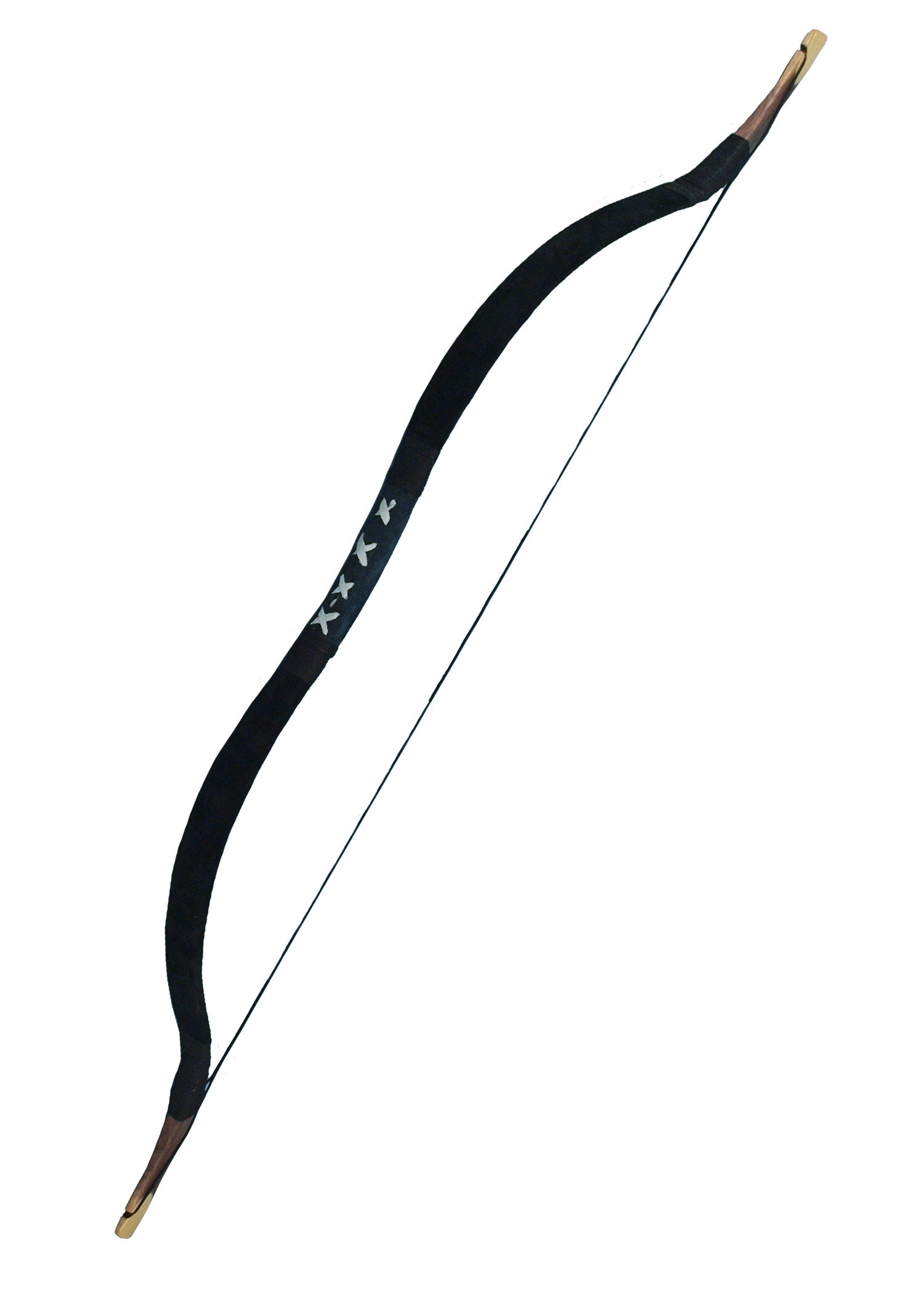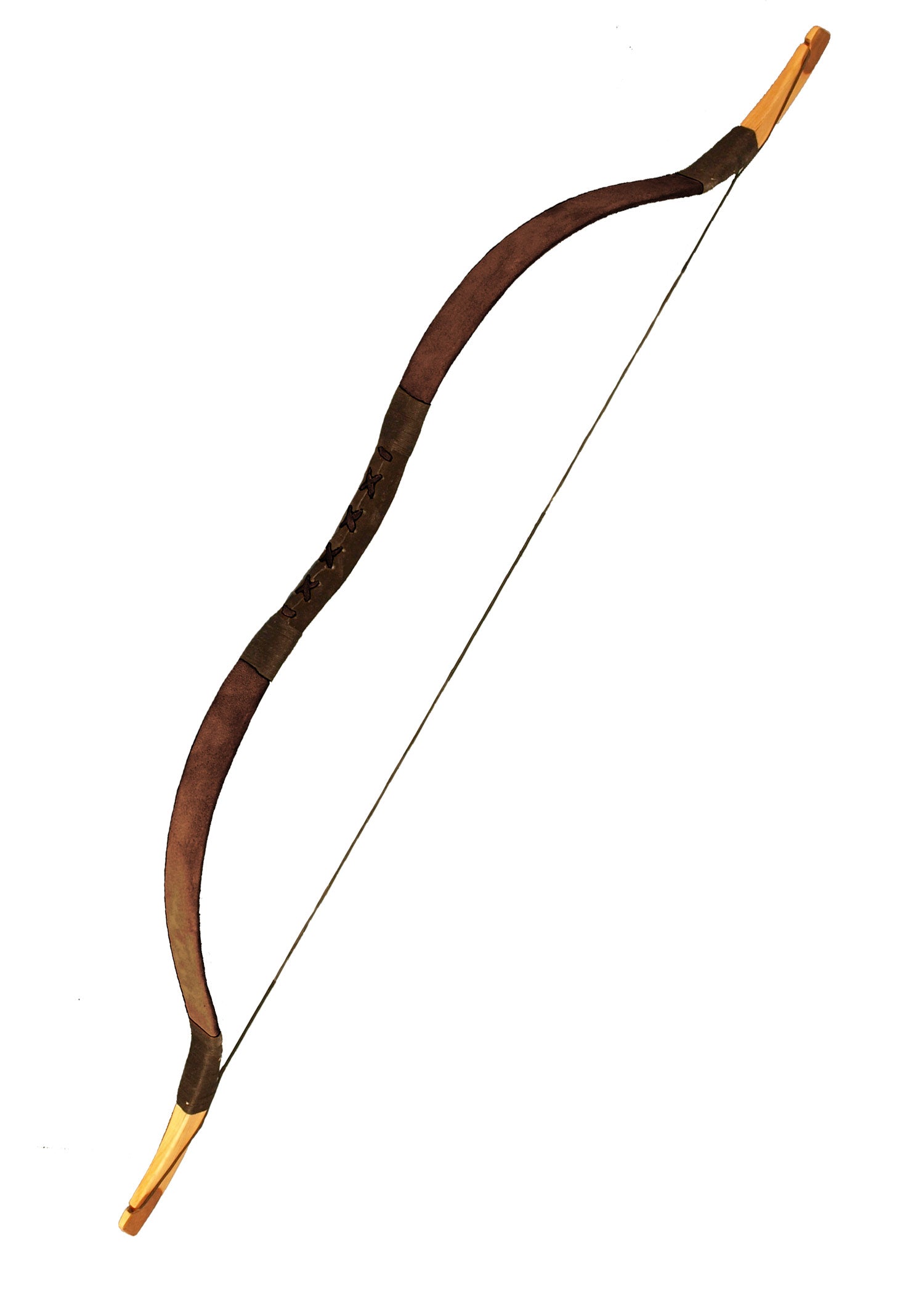Bows of the Early Middle Ages: precision and lethality on the battlefield
The bows of the Early Middle Ages were key weapons in warfare and hunting. Used by Vikings, Normans, and Anglo-Saxon archers, they offered great range and penetrating power , allowing attacks from a distance without exposing oneself to close combat. Their design evolved to improve shooting speed and accuracy.
Main types of arches of the Early Middle Ages
- Viking bow : Long and made of yew wood, it provided a powerful and accurate shot.
- Norman Bow : Similar to the Viking, but with a slight improvement in curvature for greater reach.
- Primitive composite bow : Used in Eastern Europe, it combined wood, horn and sinew for greater power.
- Primitive crossbow : Although uncommon at this time, it was beginning to be used in sieges and long-distance combat.
Characteristics of the arches of the Early Middle Ages
- Flexible wood manufacturing : Yew, ash and elm were the most commonly used materials.
- Linen or tendon ropes : Strong and able to withstand high tension.
- Iron-tipped arrows : Designed to pierce armor and cause lethal wounds.
- Balanced design : Allowed fast and accurate shots with great penetration capacity.
Early medieval bows were essential in hunting and warfare, used by skirmishers and specialized units. If you're looking for replicas of medieval bows for historical reenactment, collecting, or traditional archery , you'll find authentic, high-quality models at Tienda Medieval .

